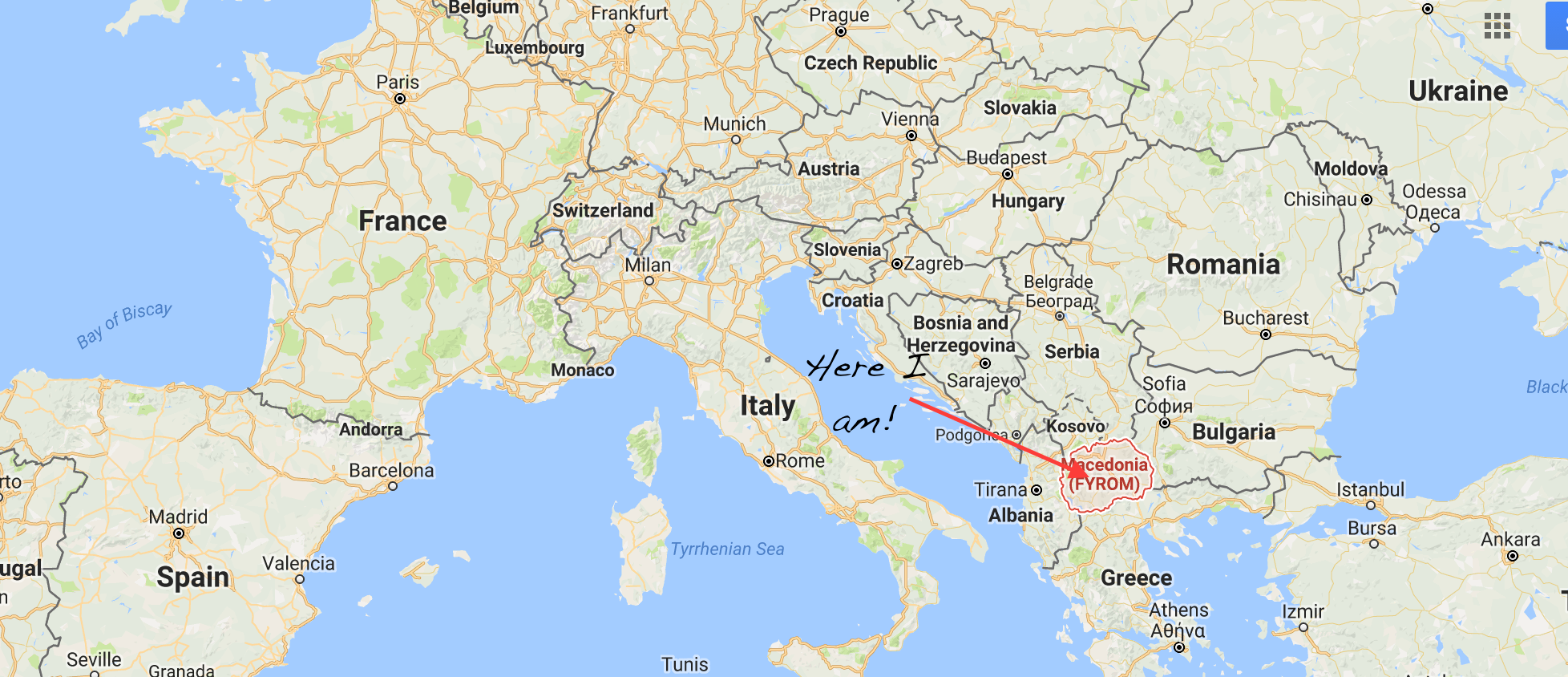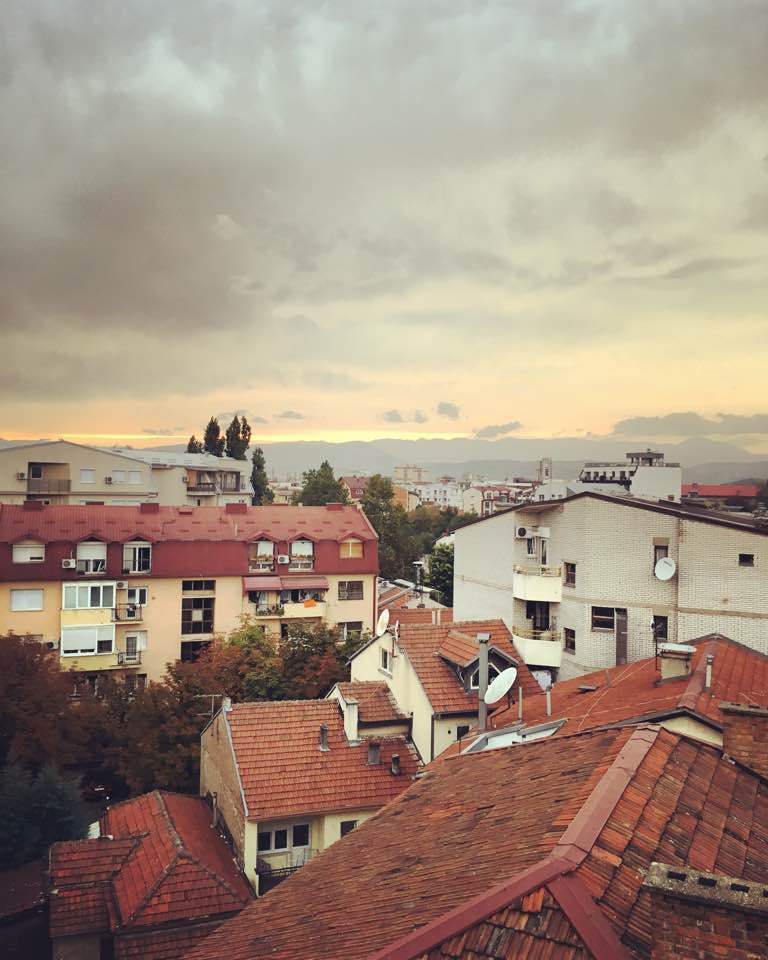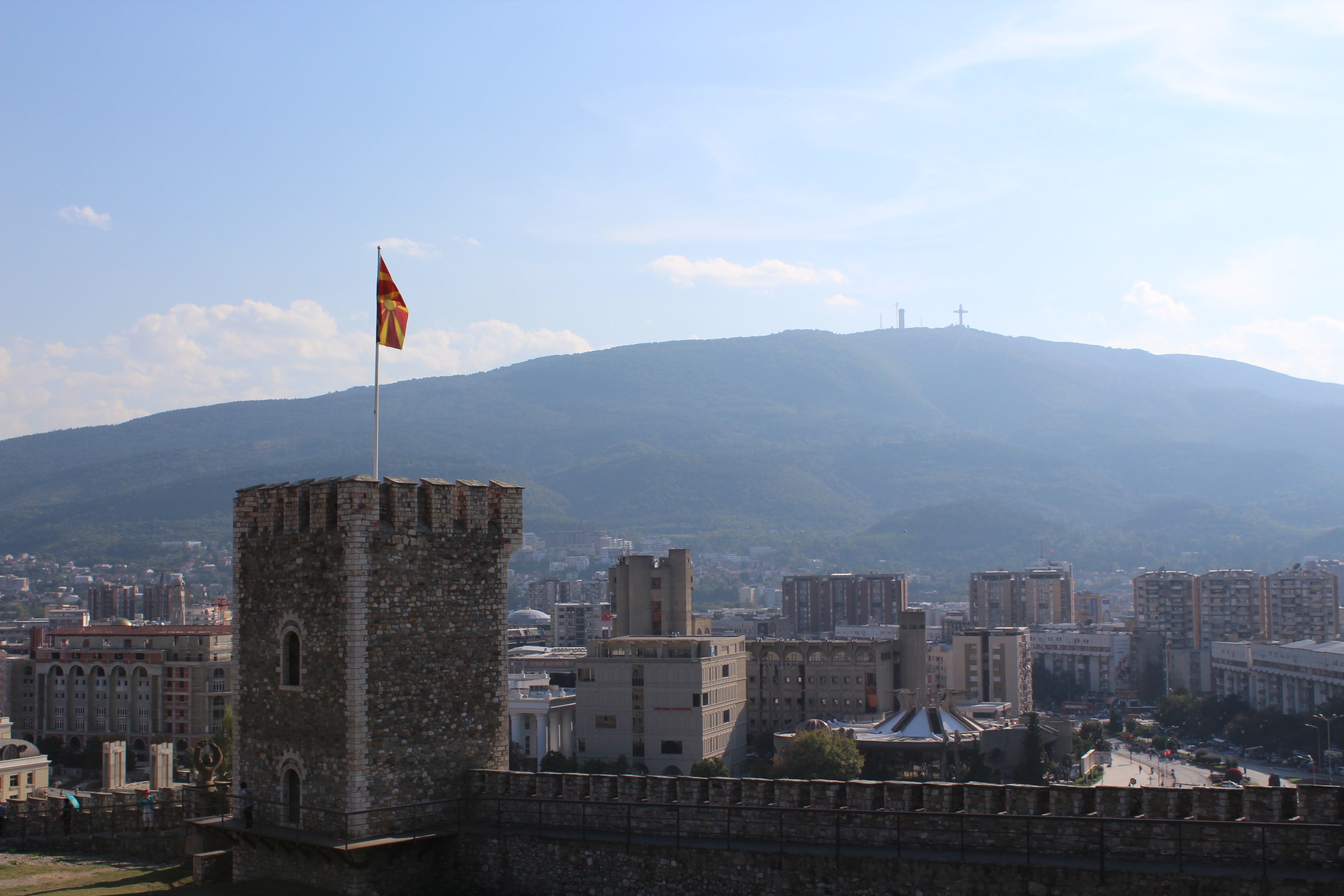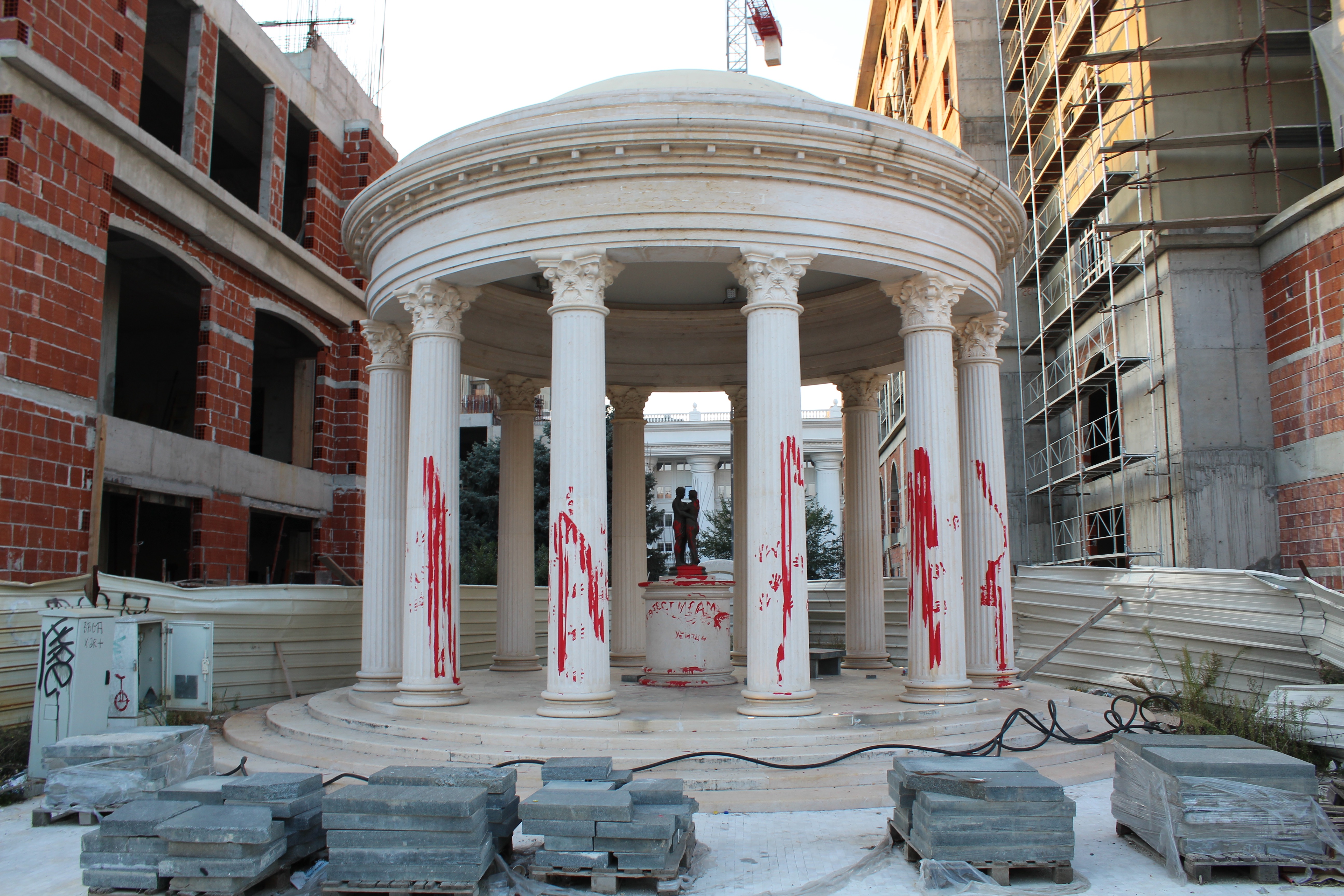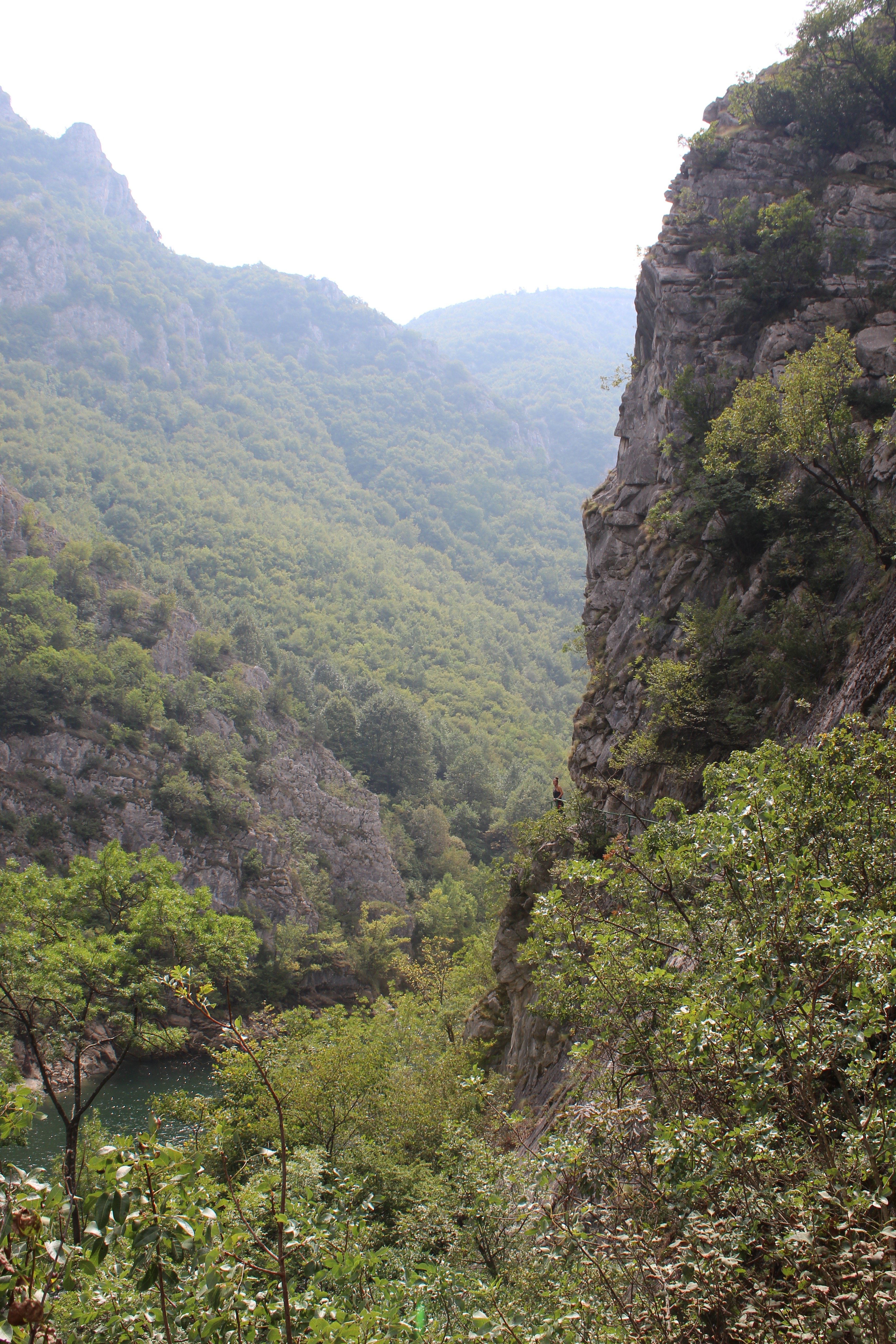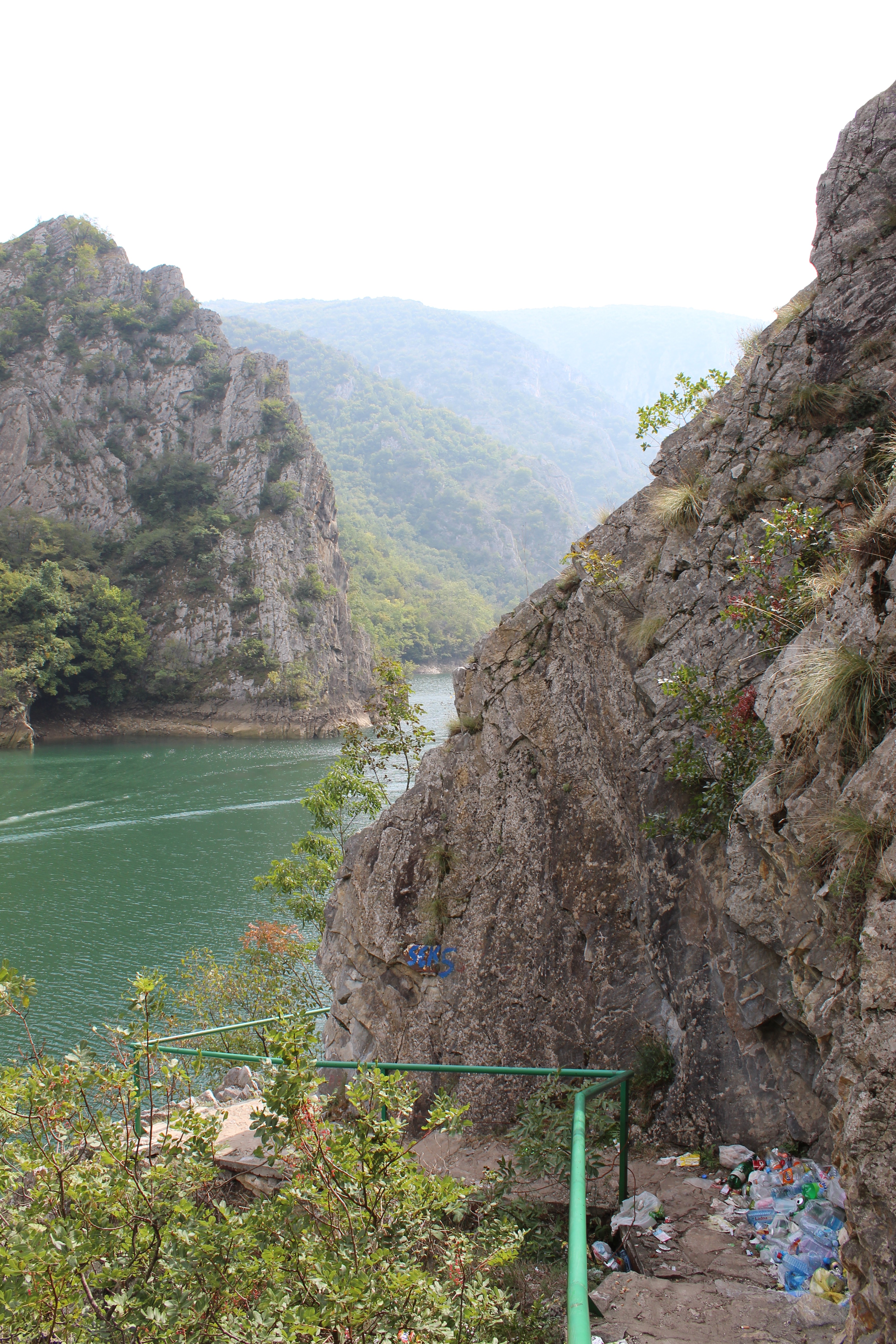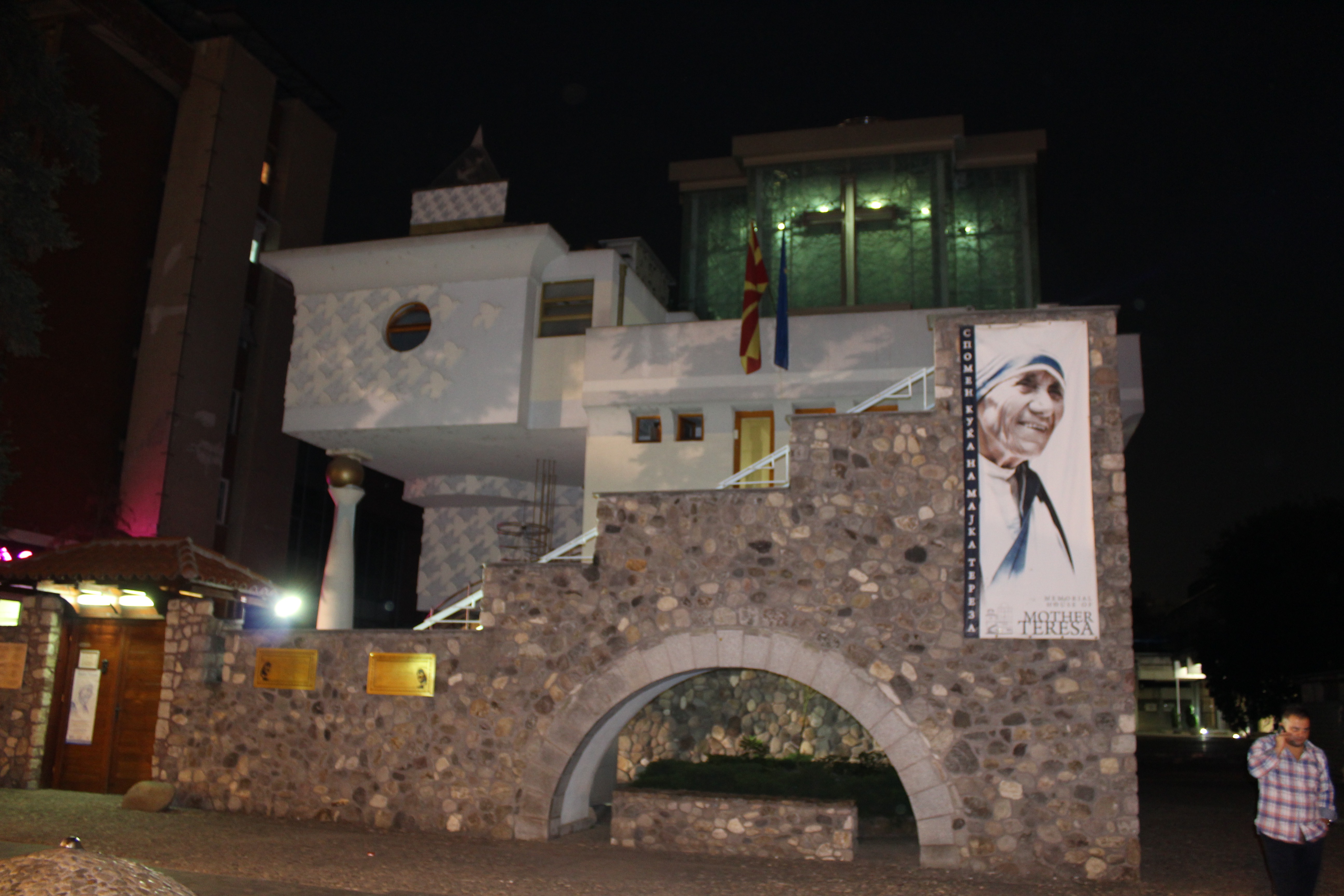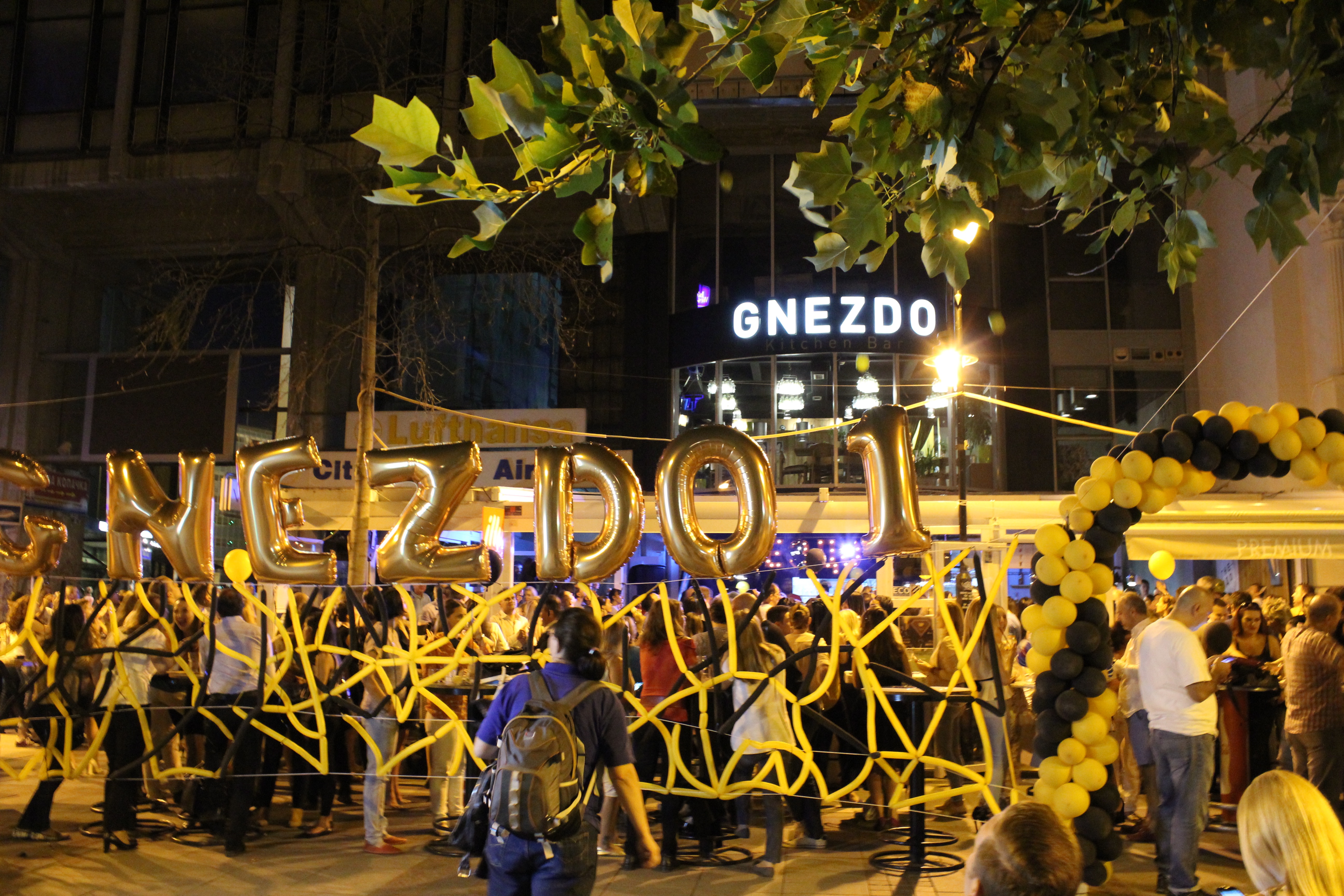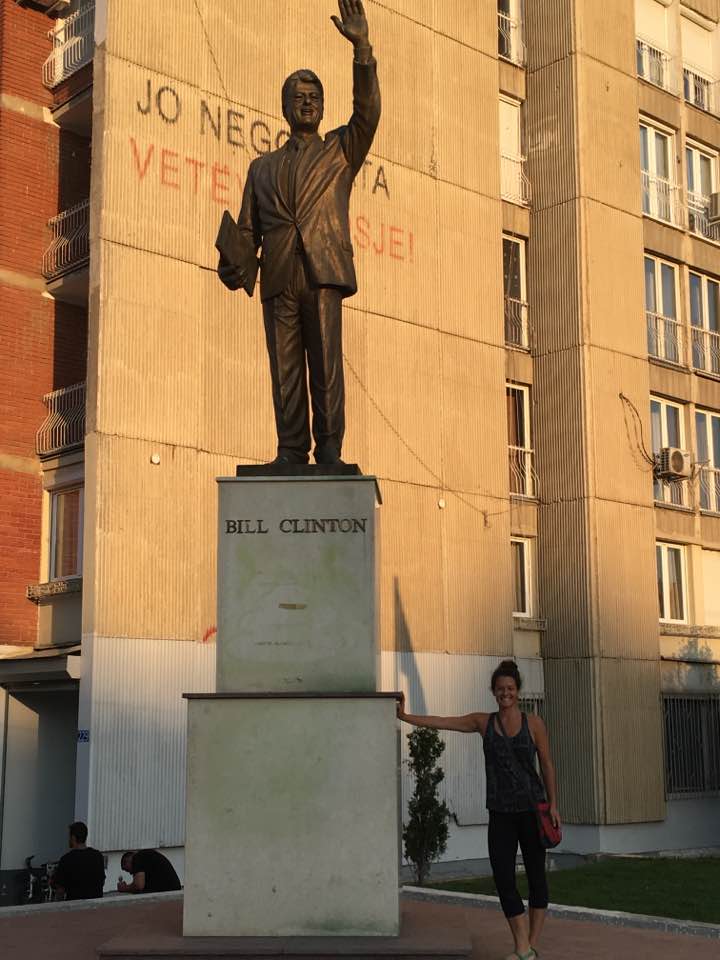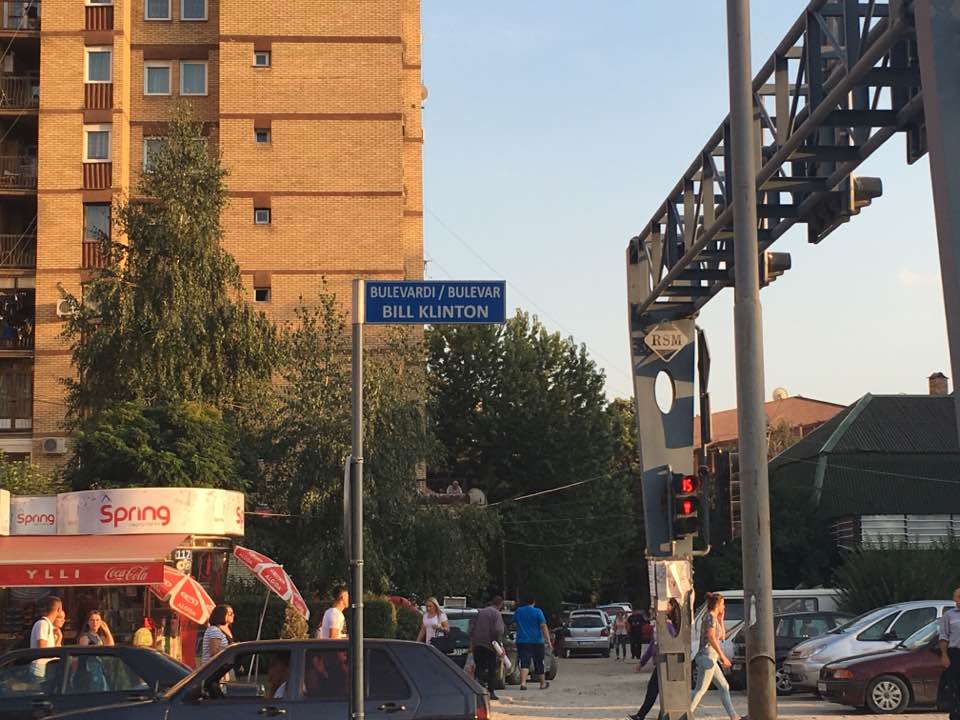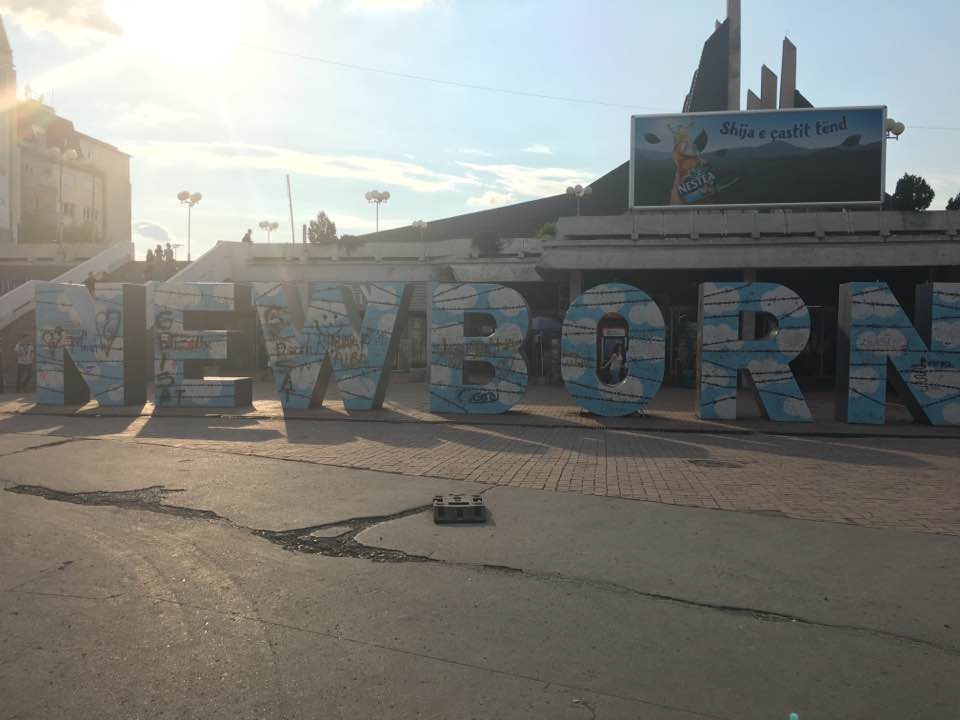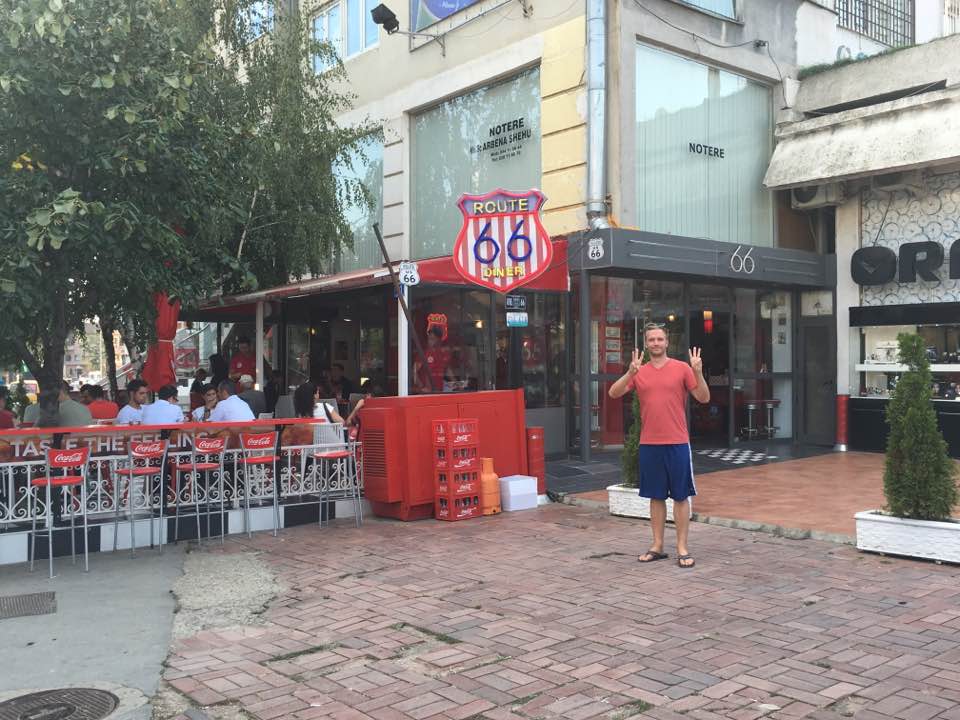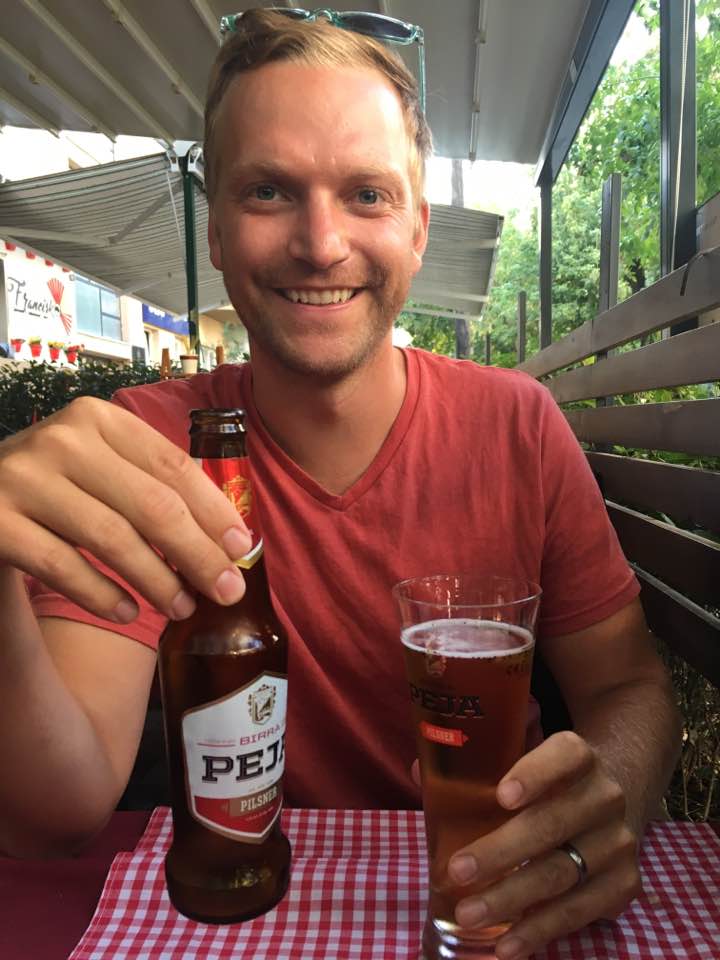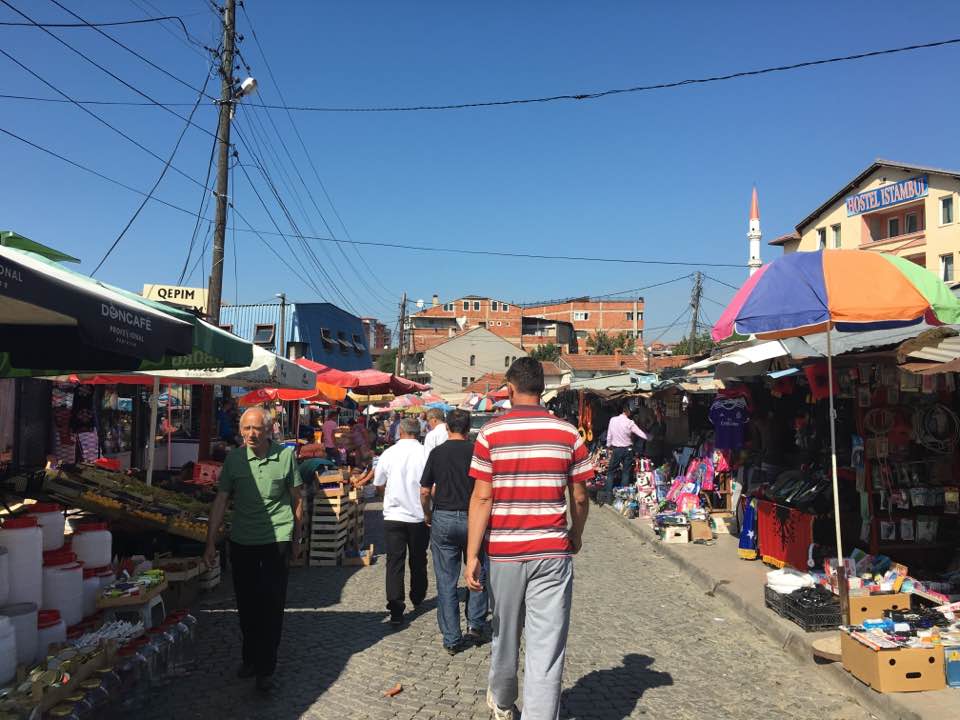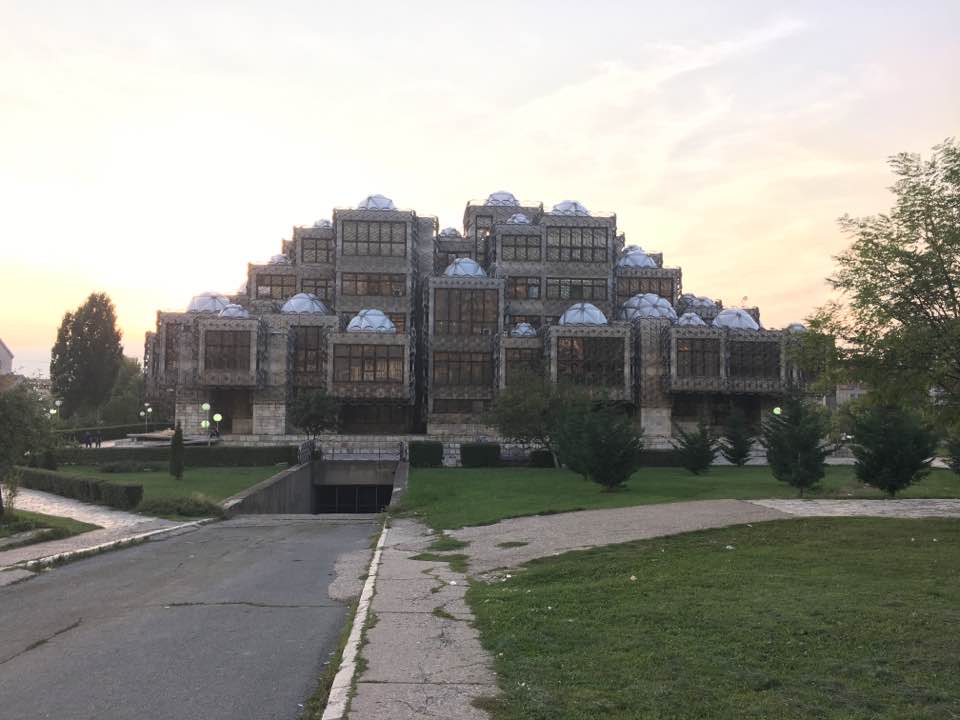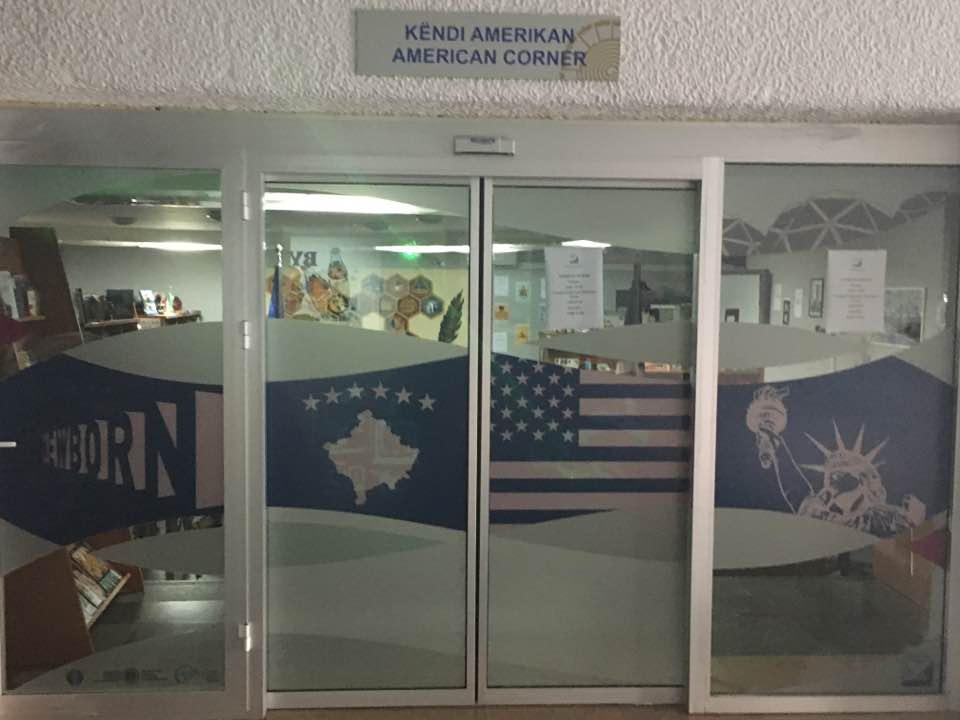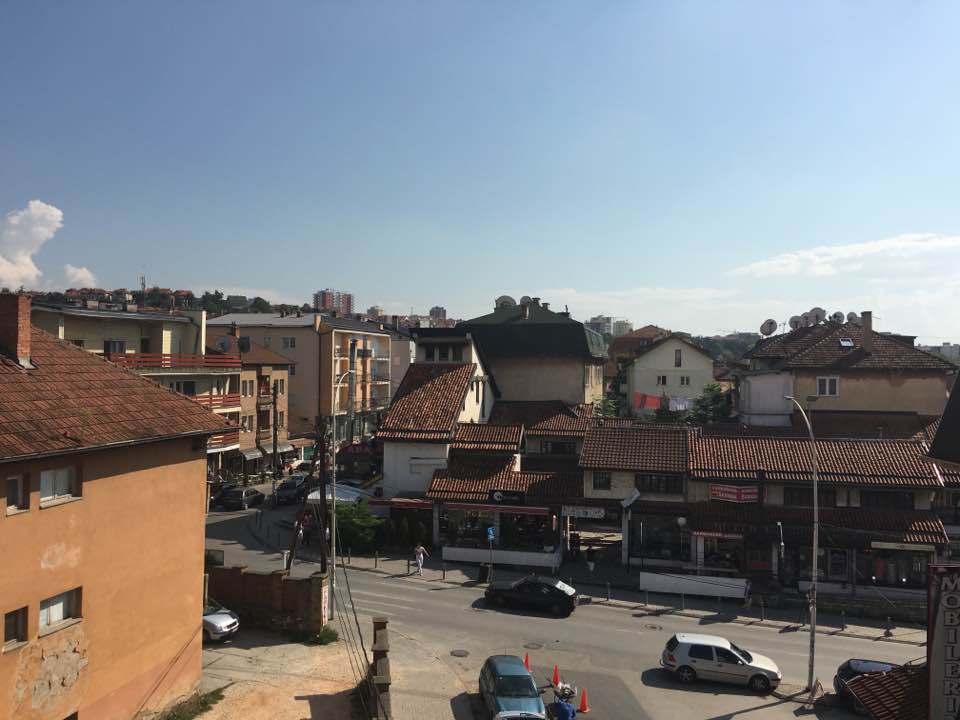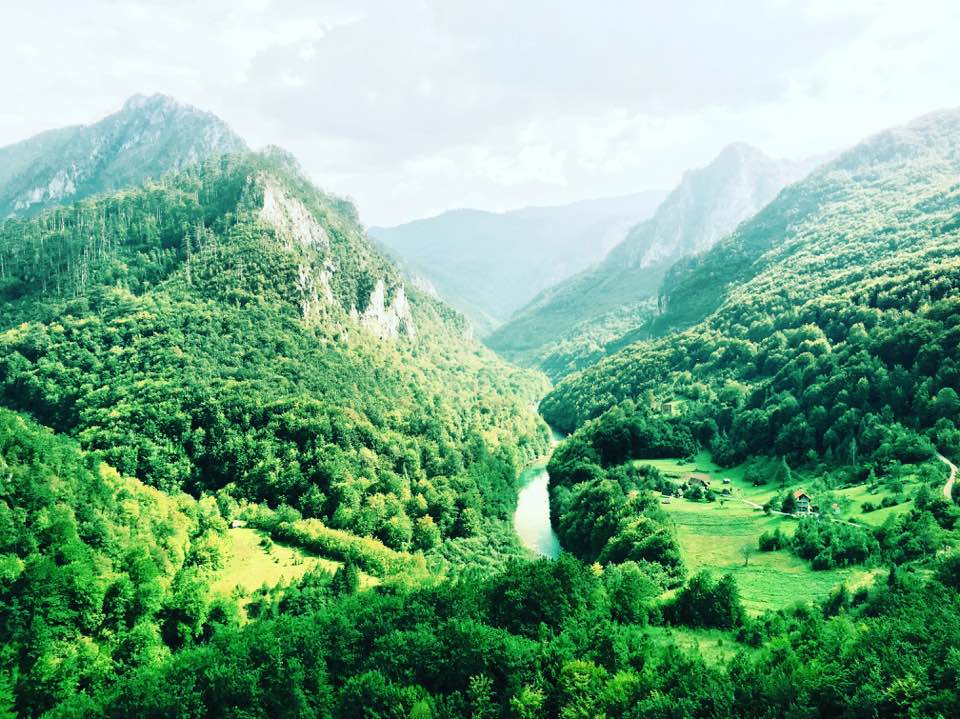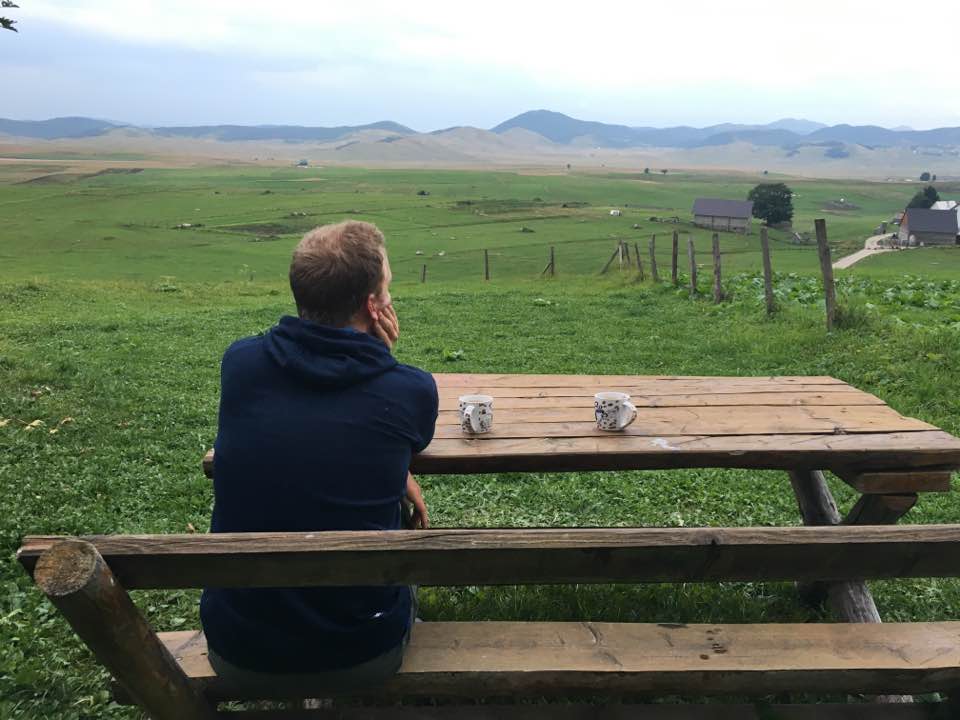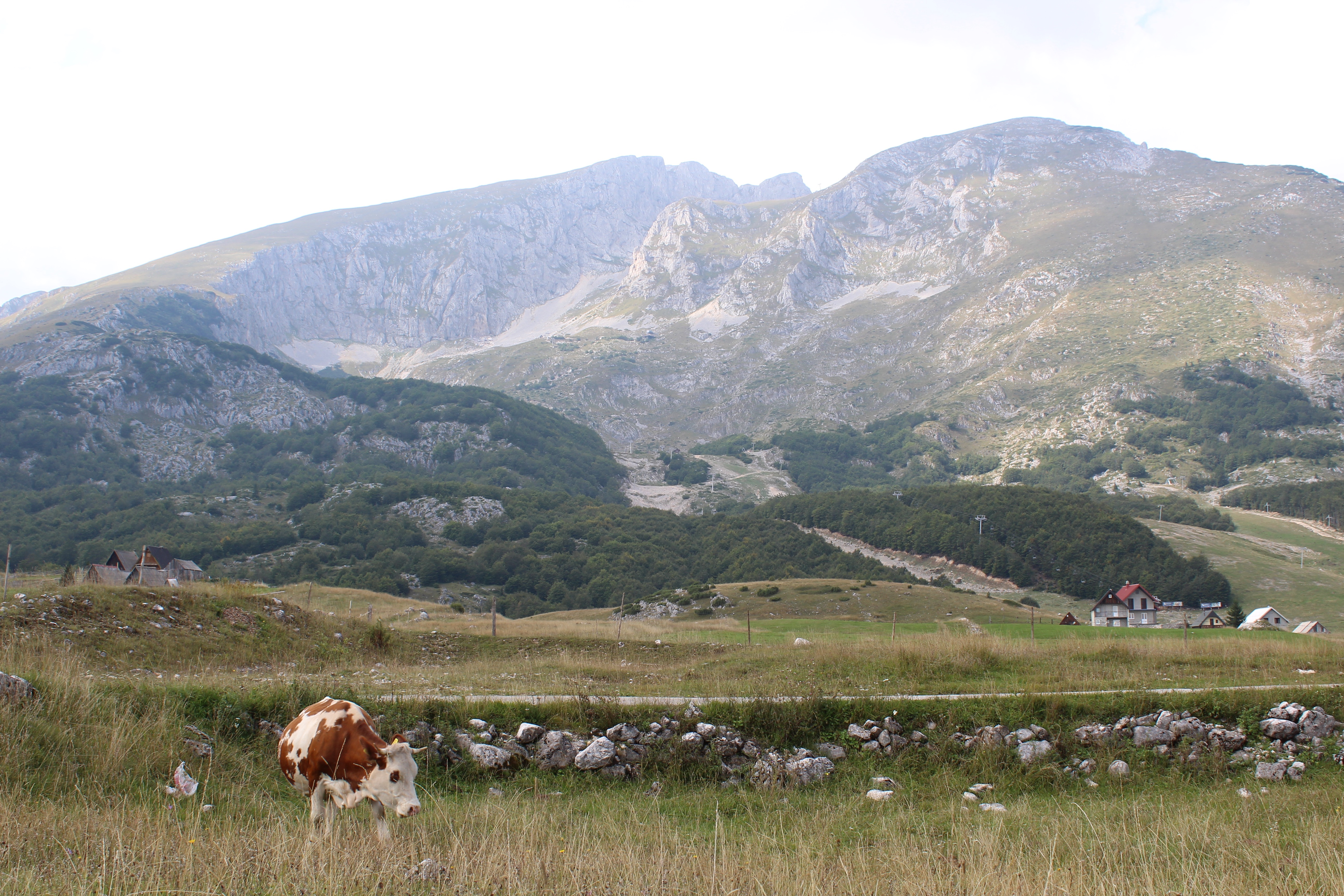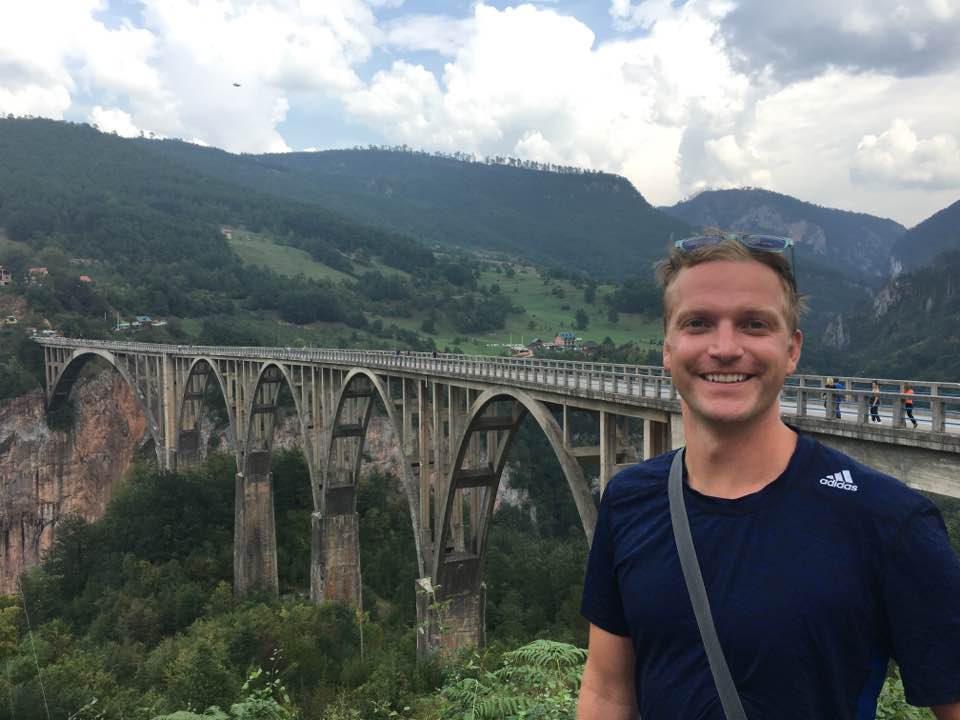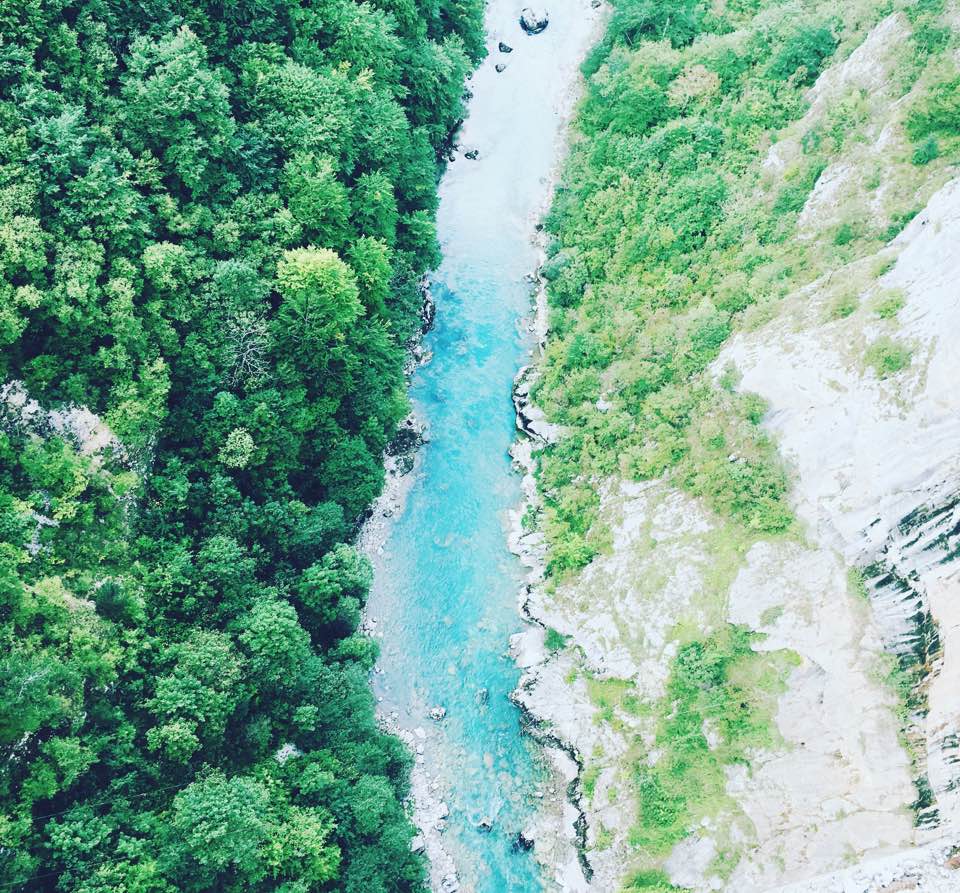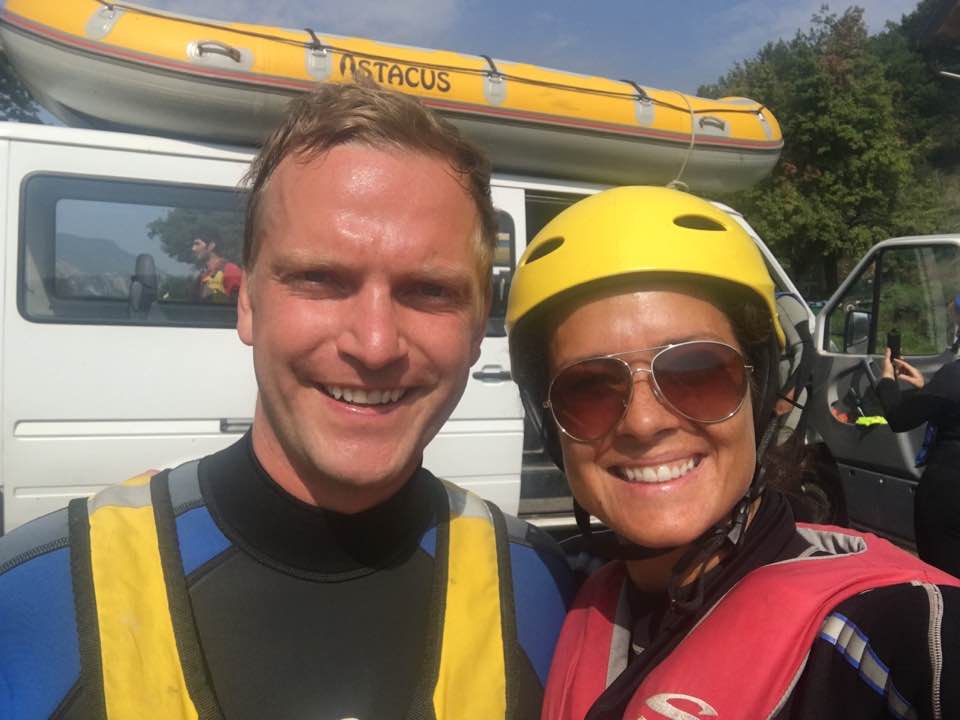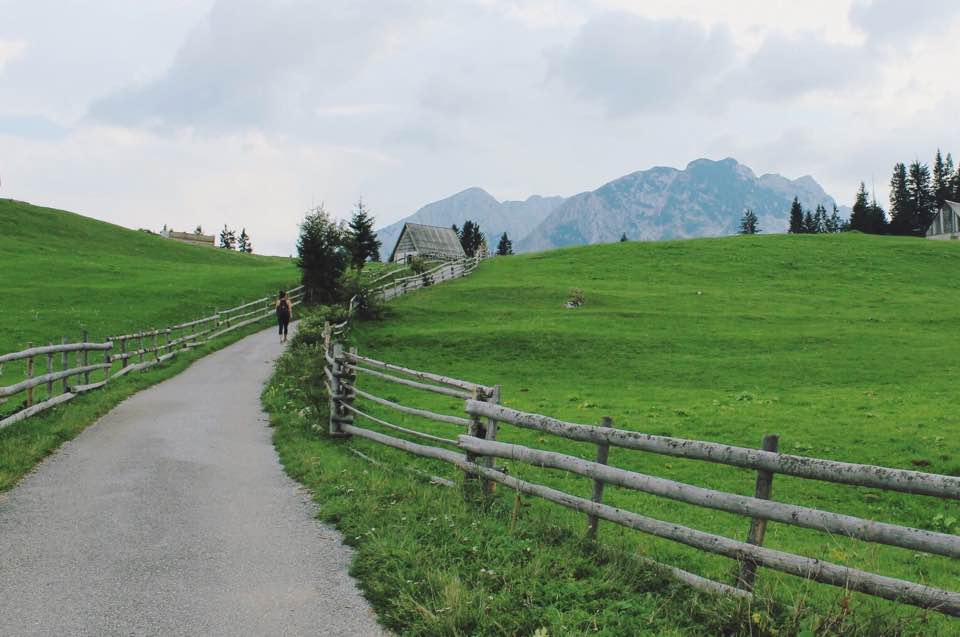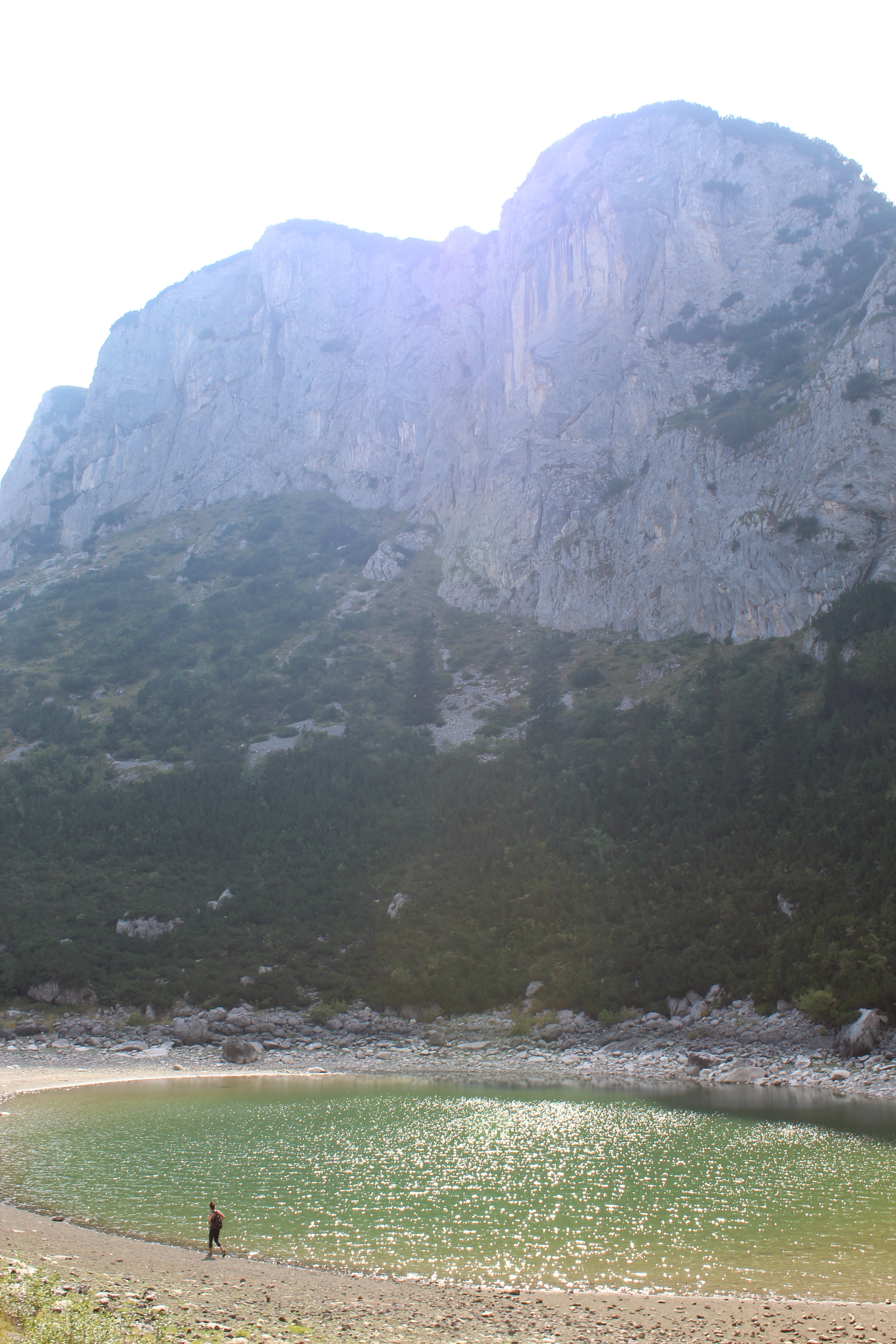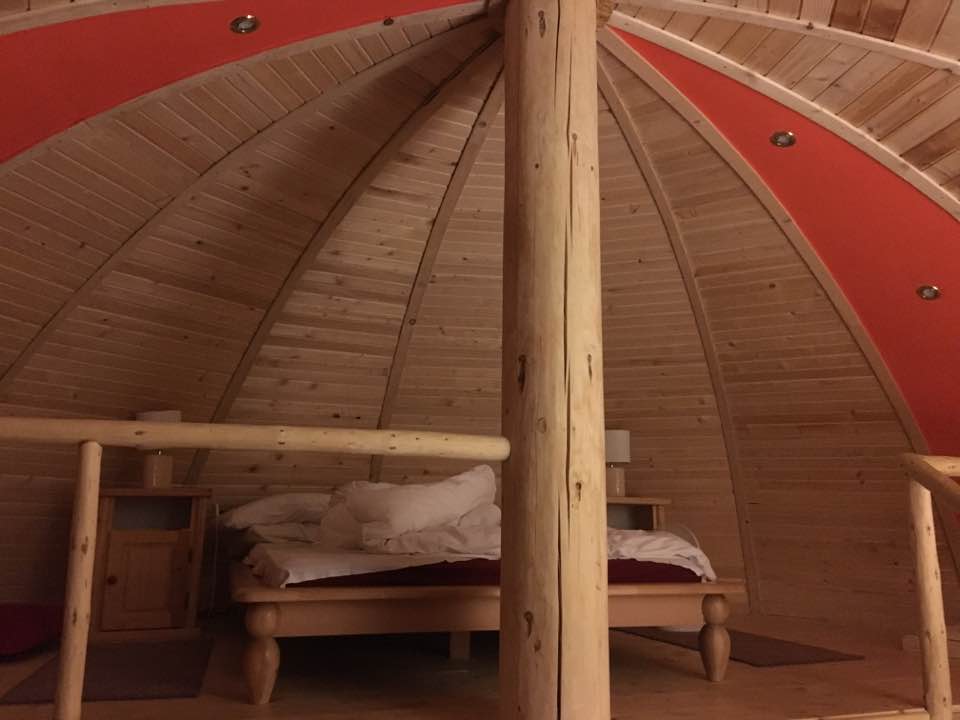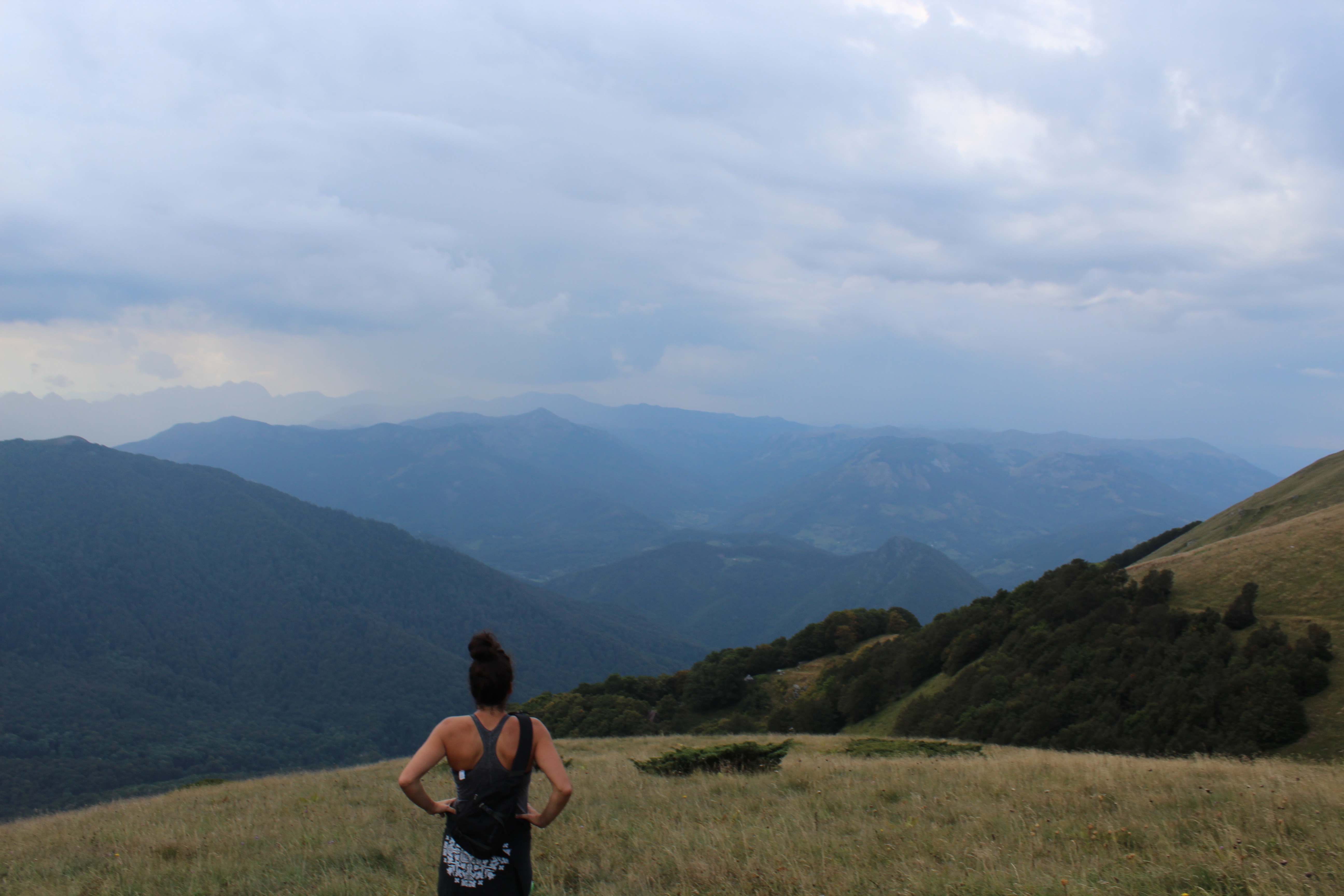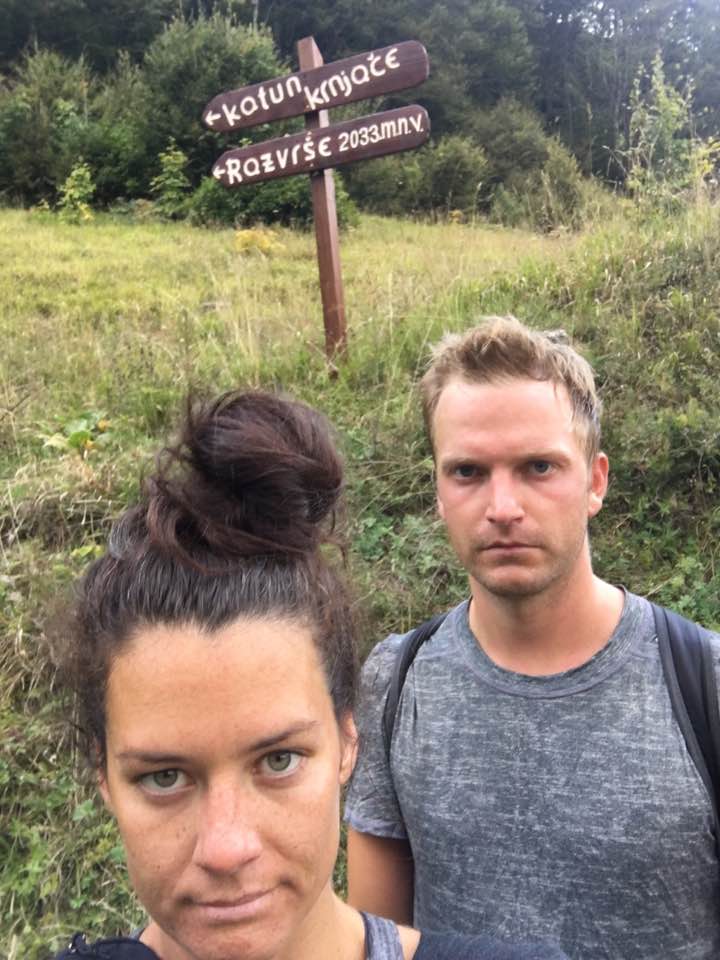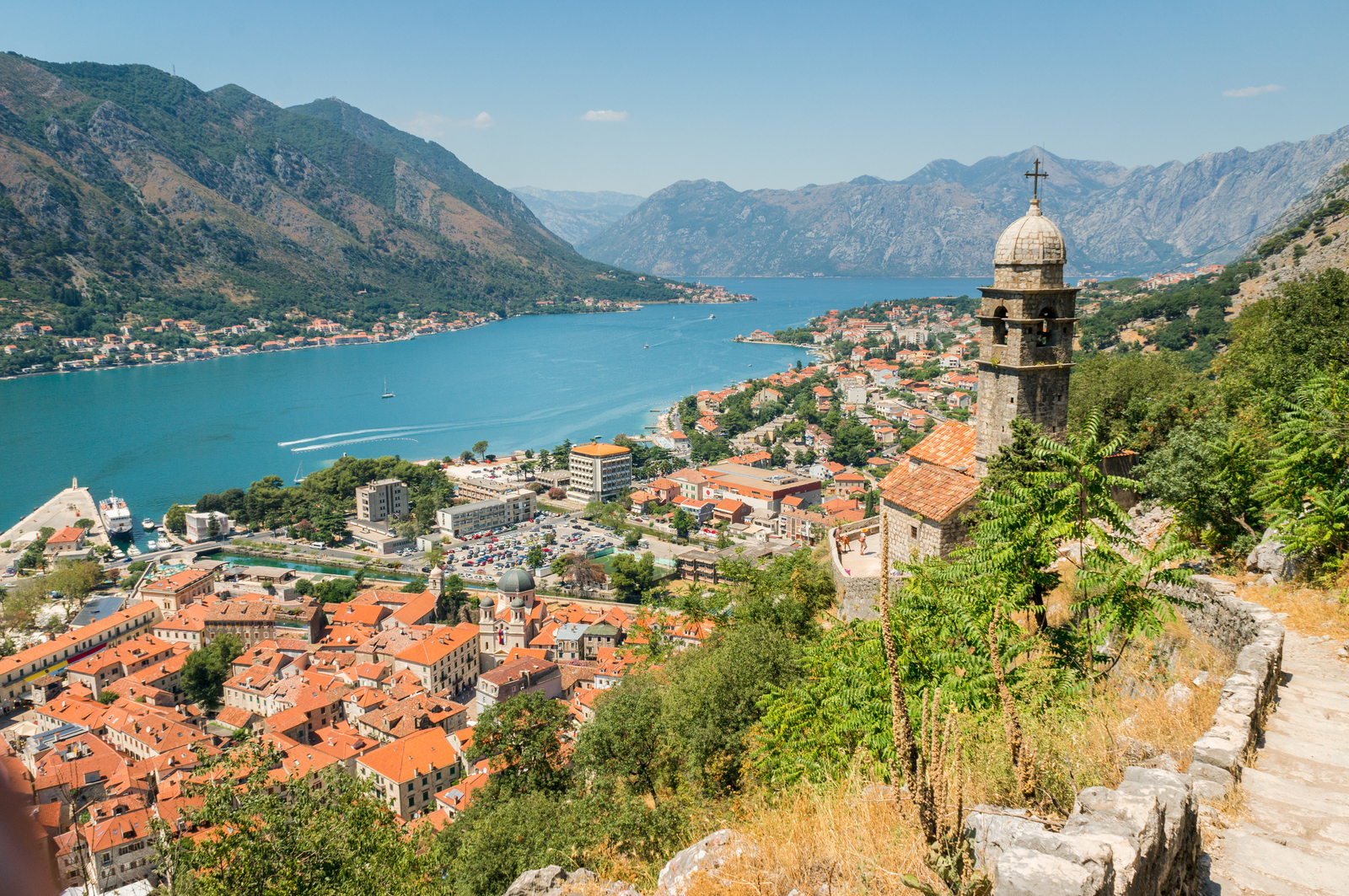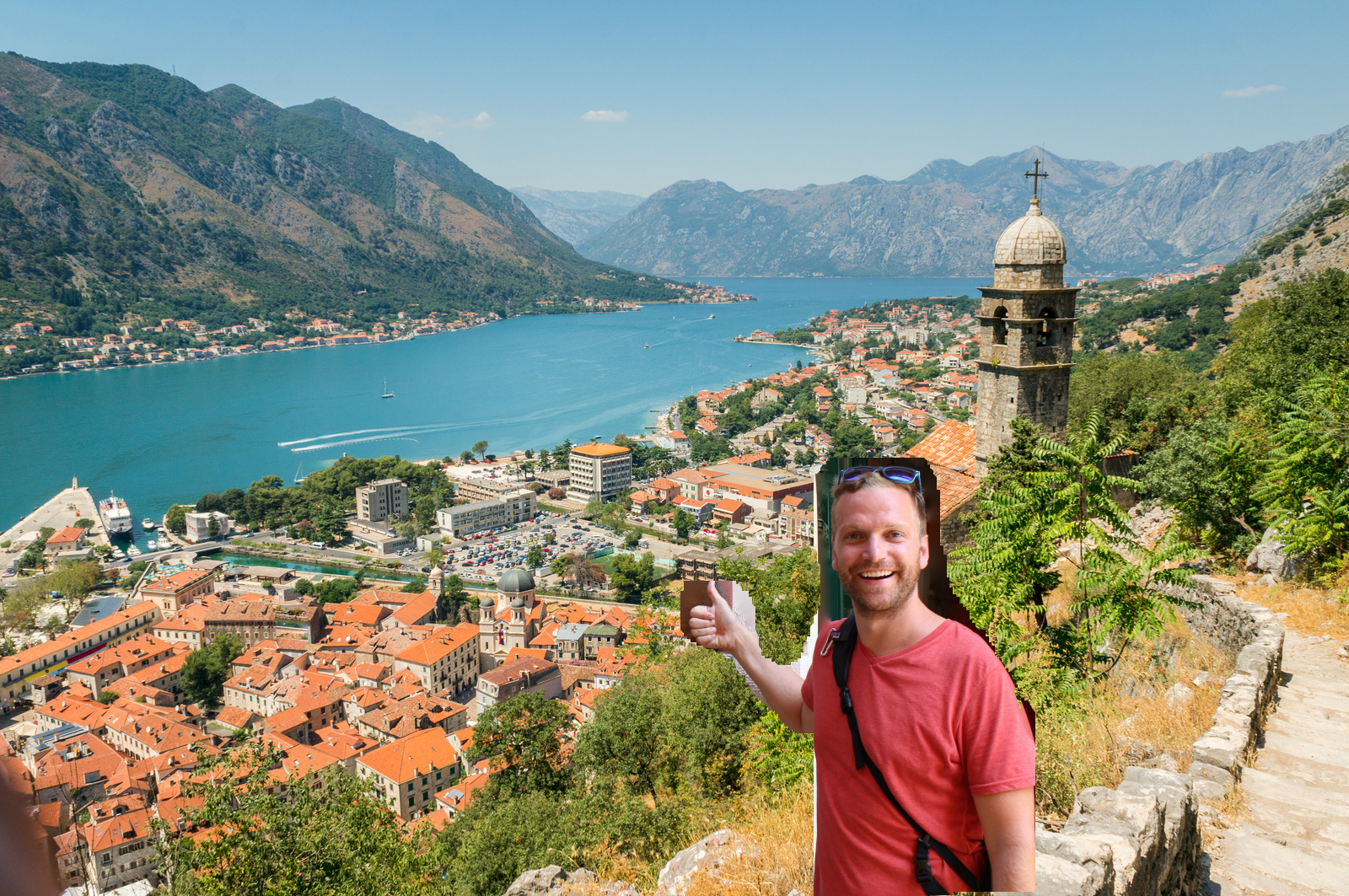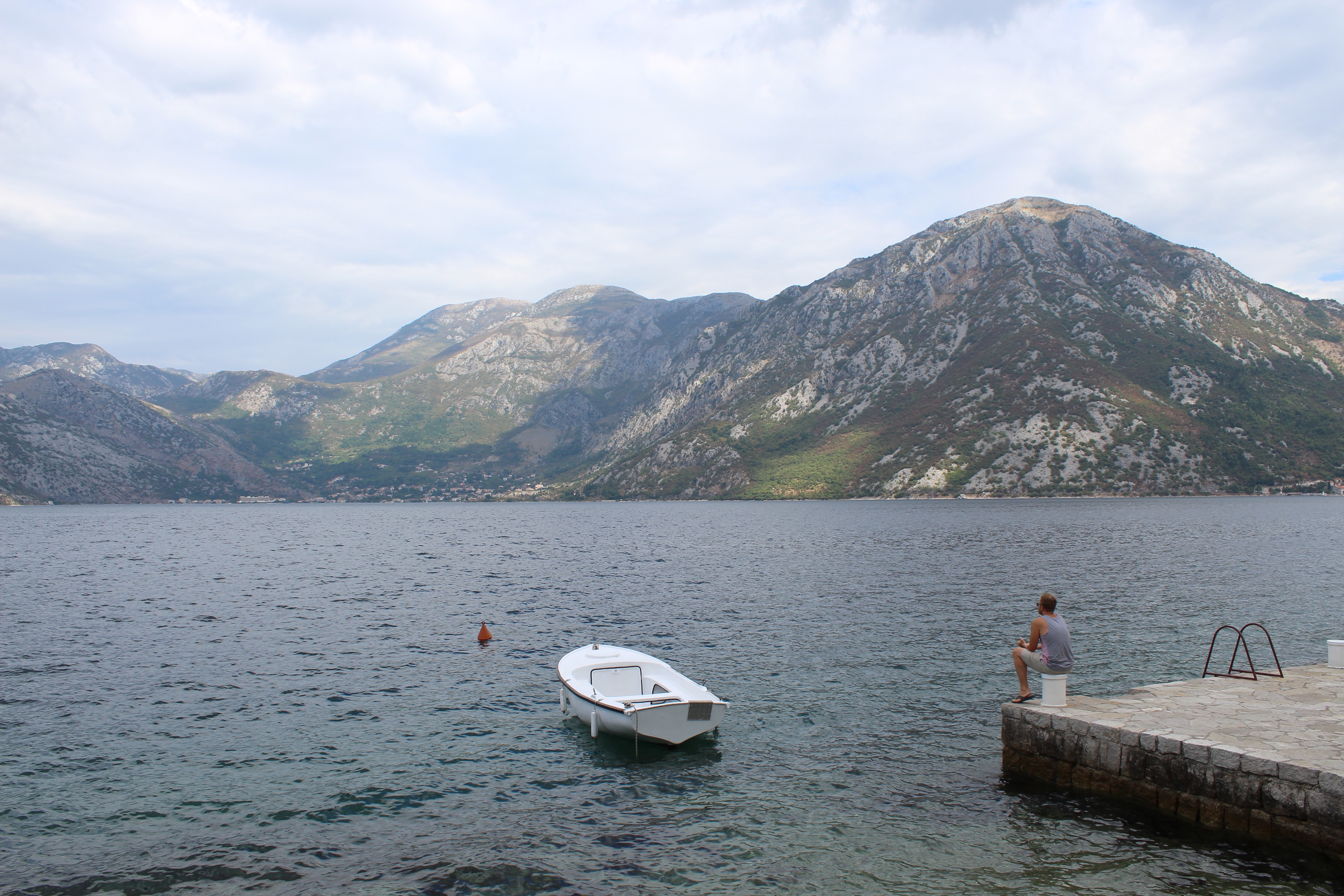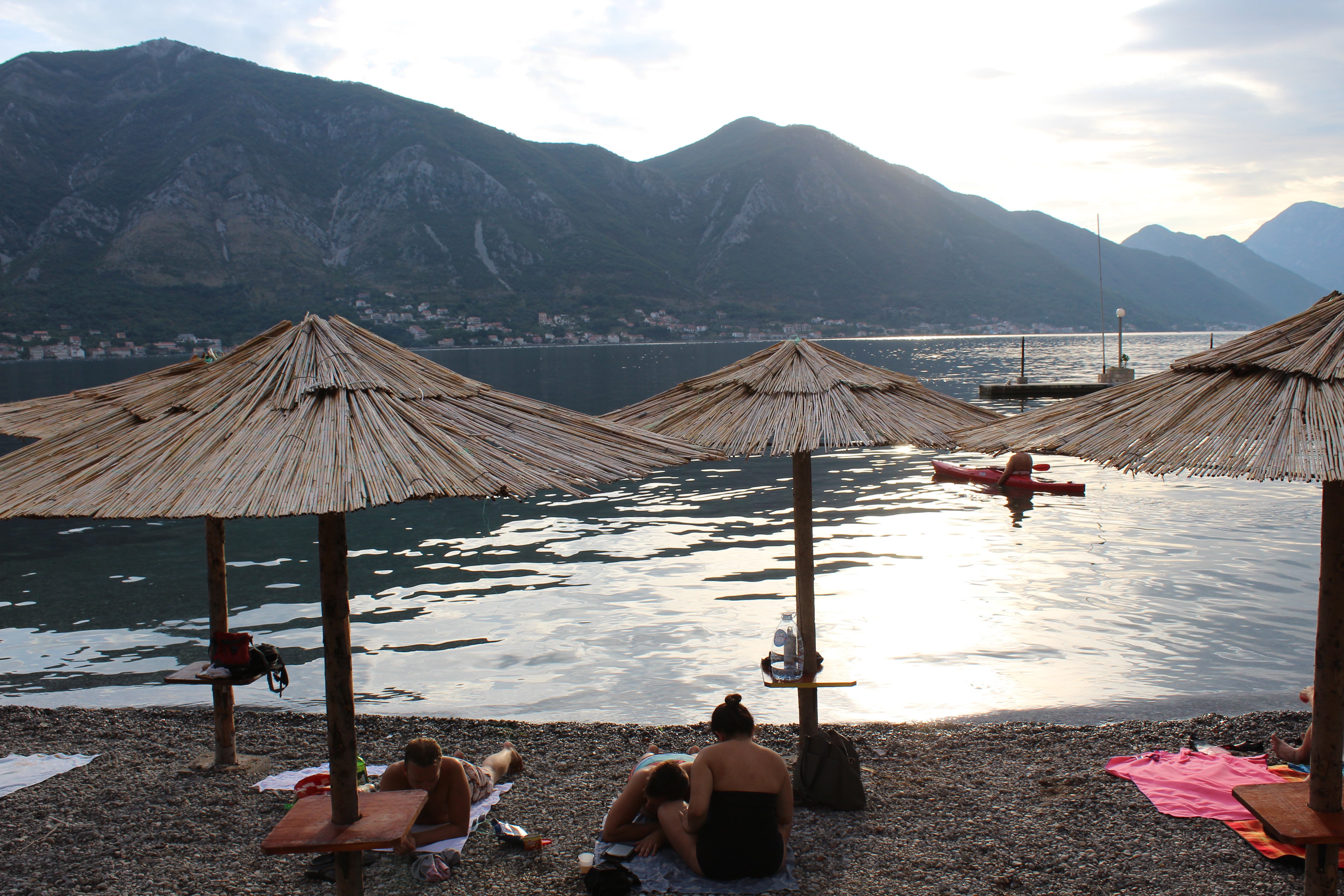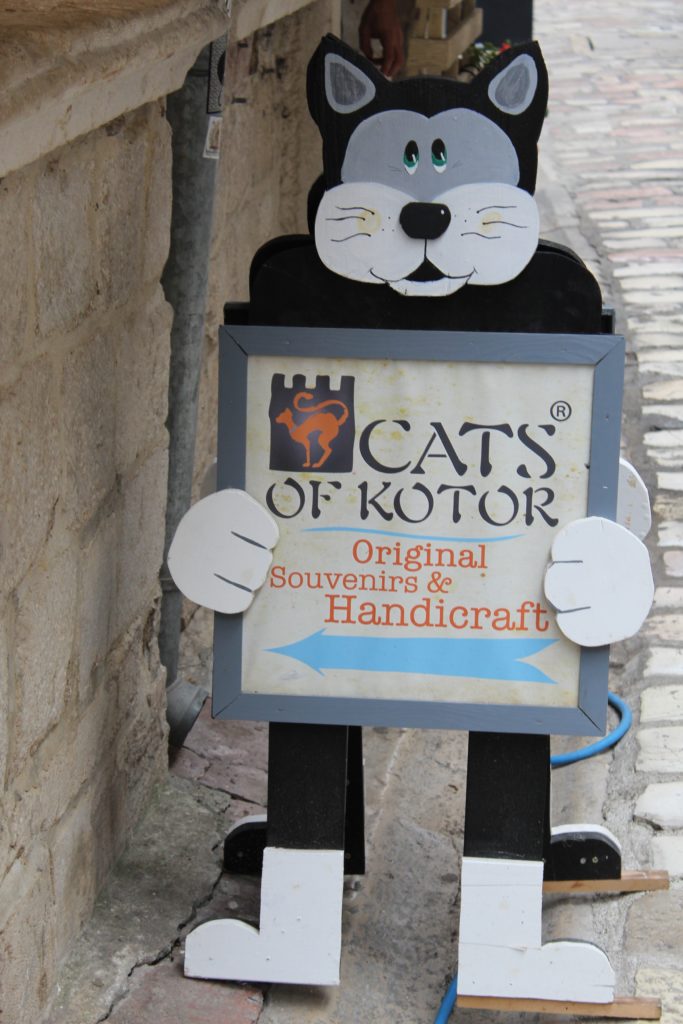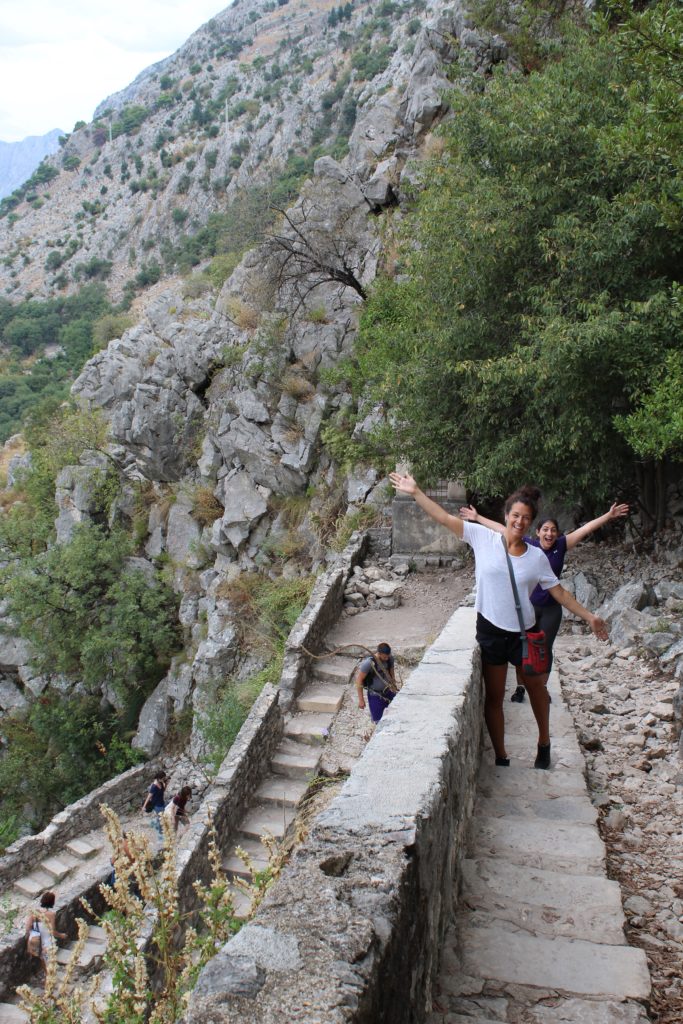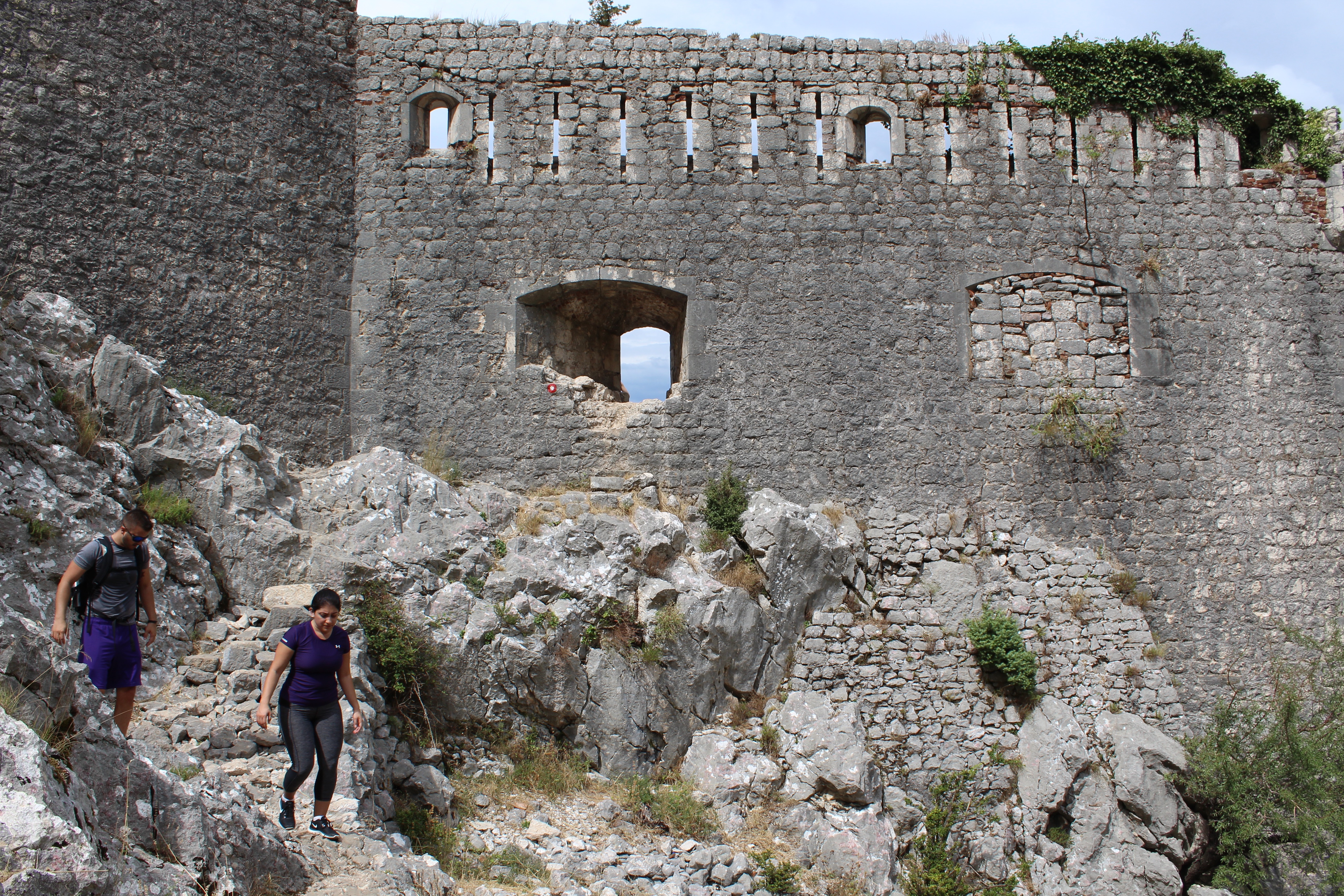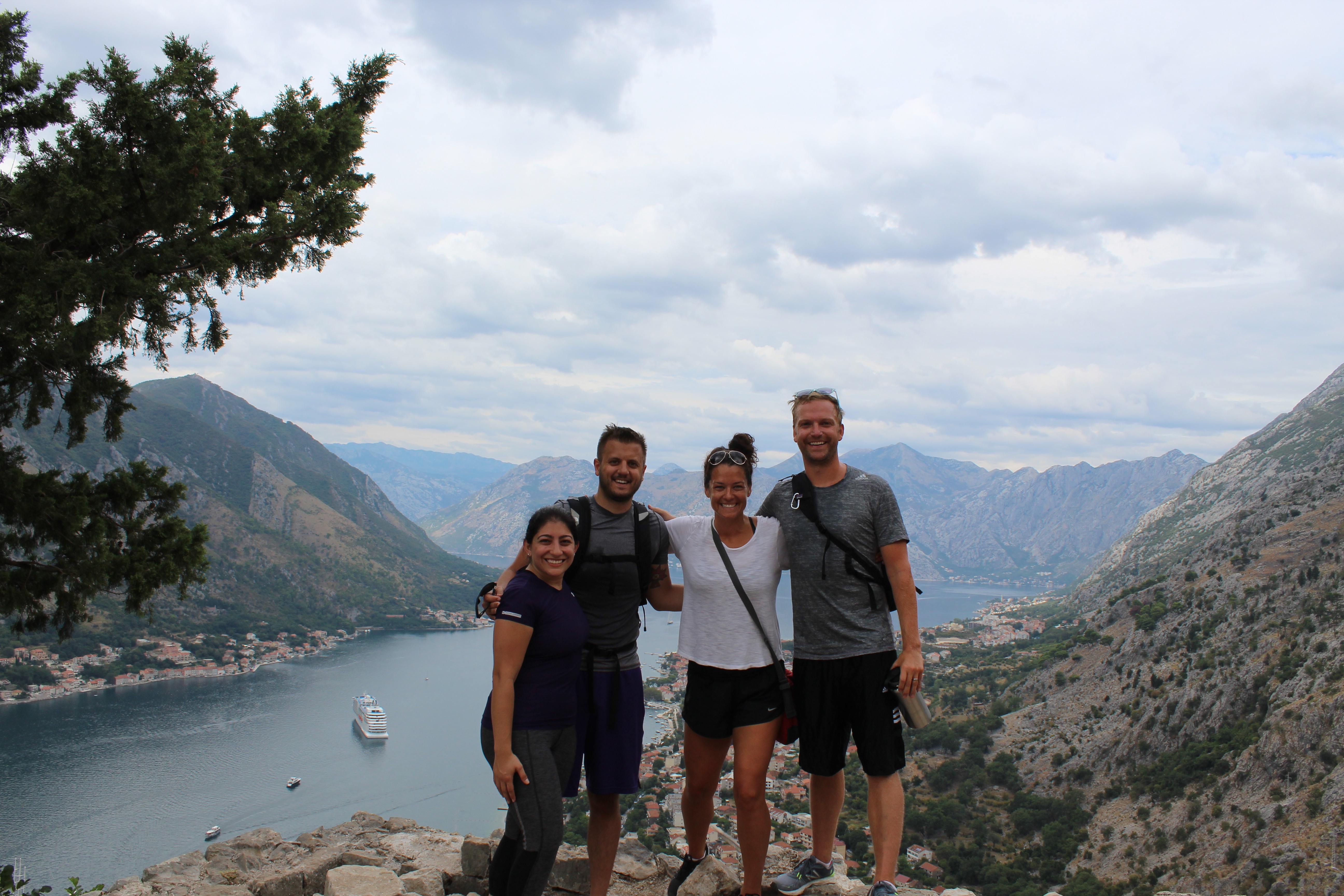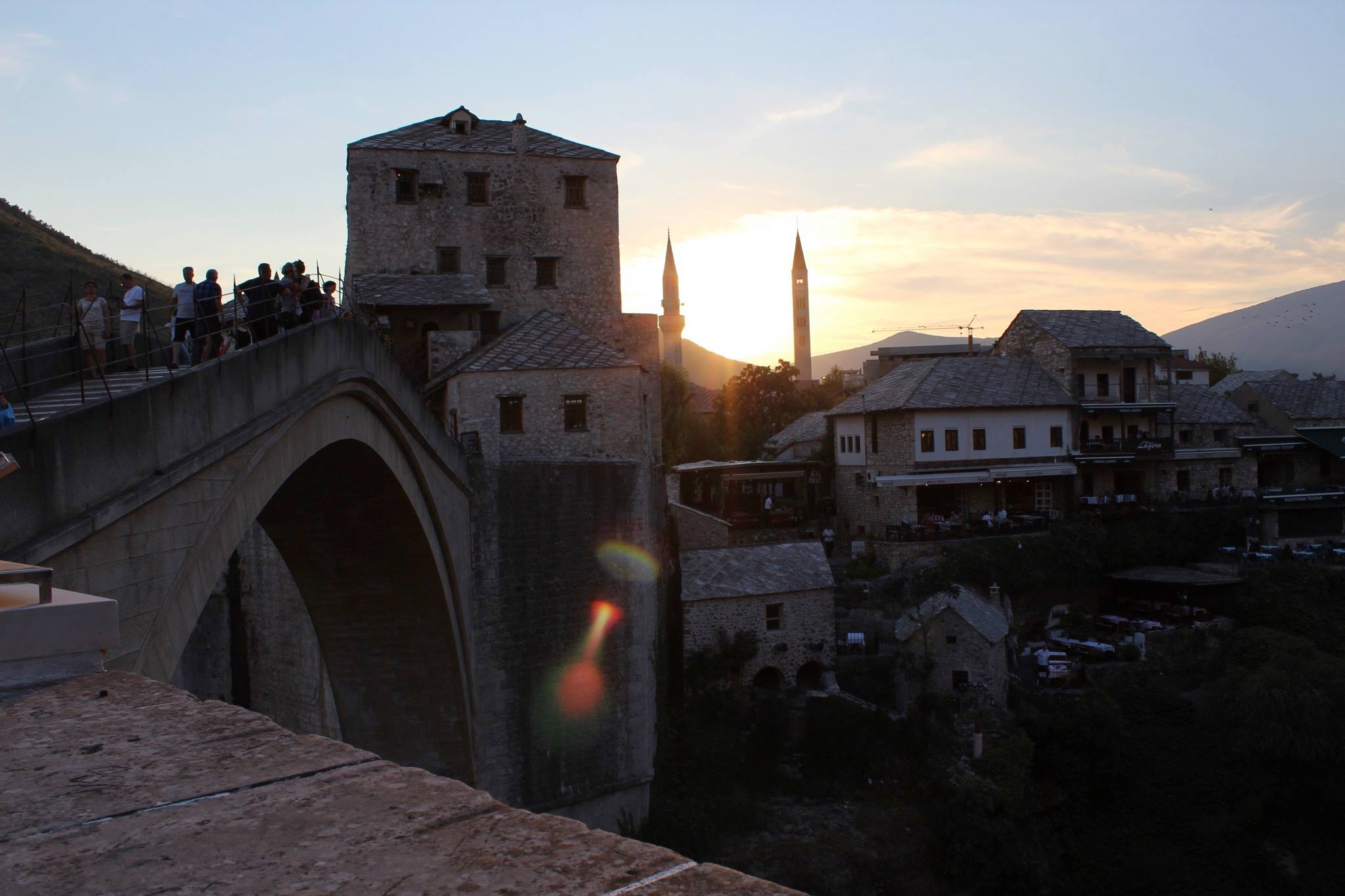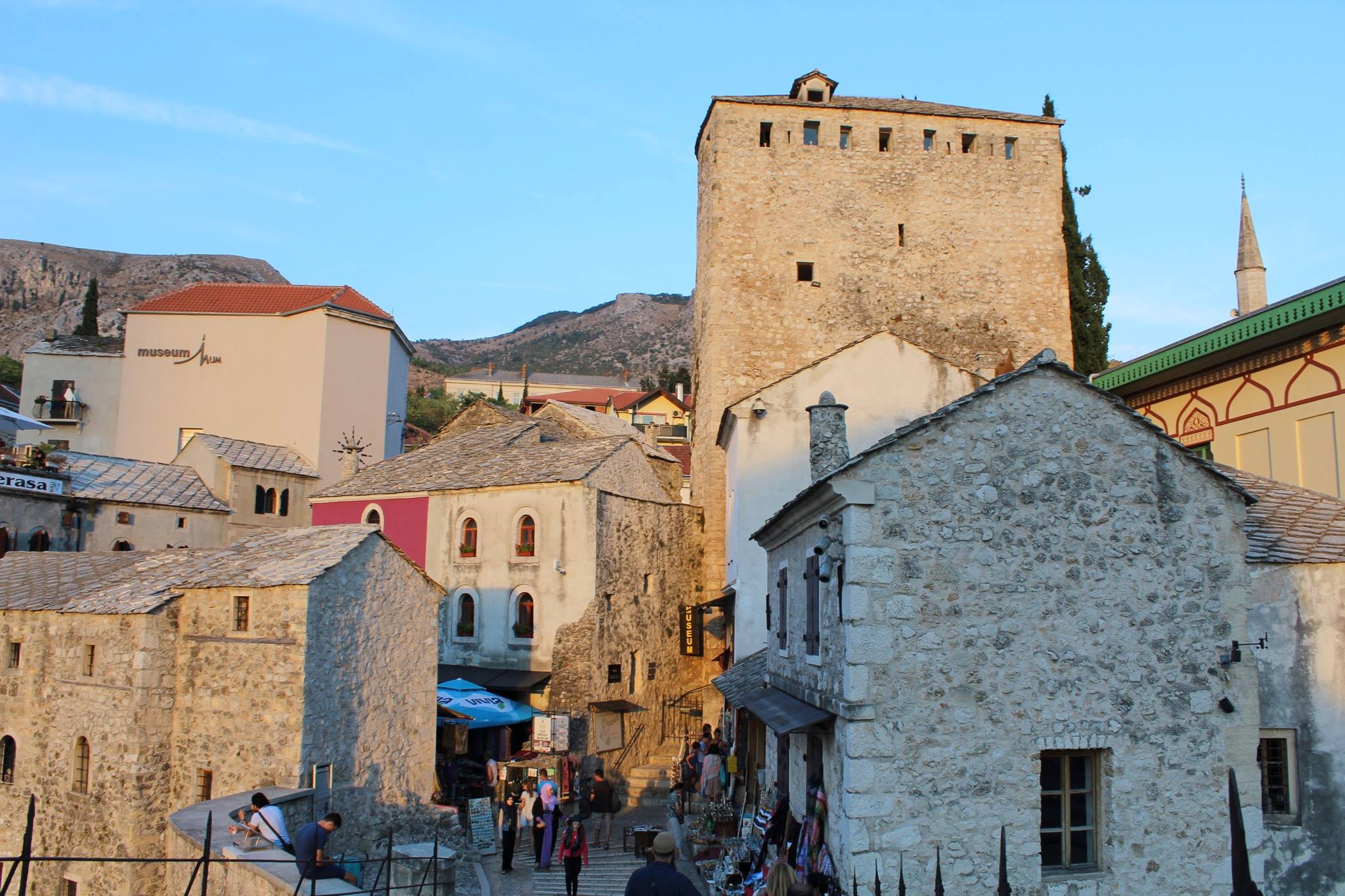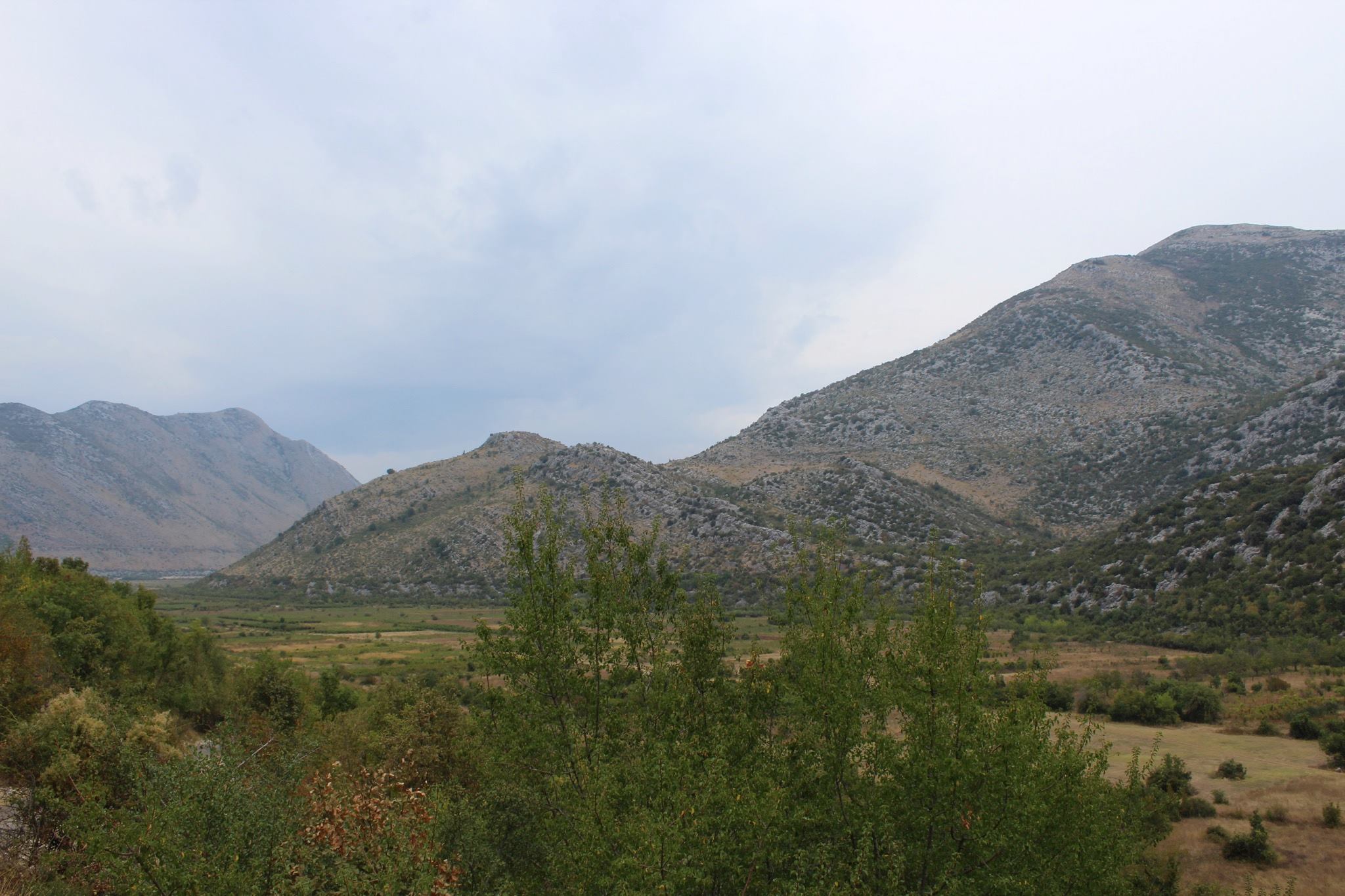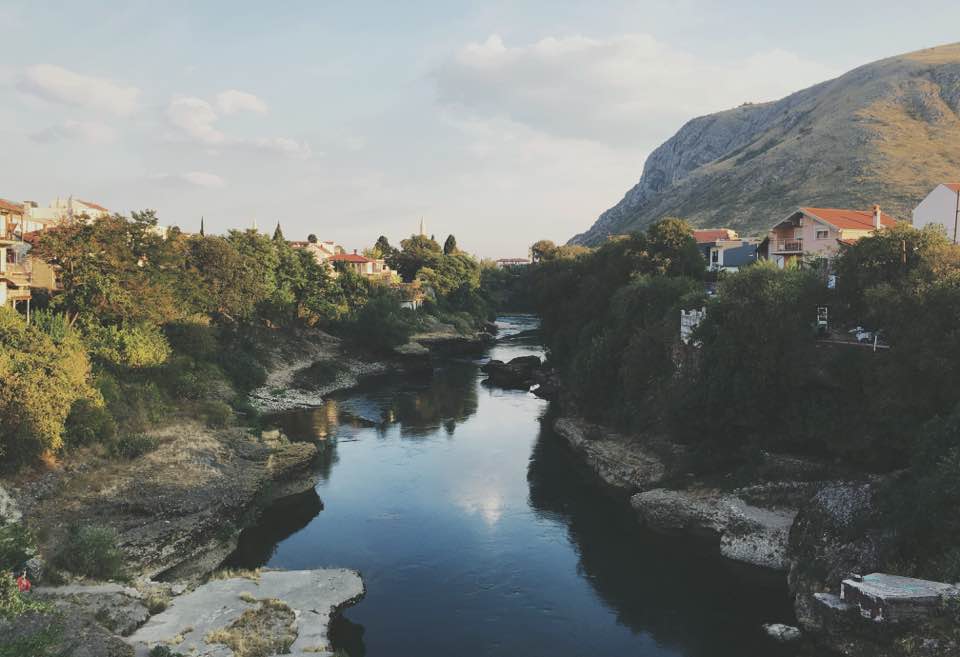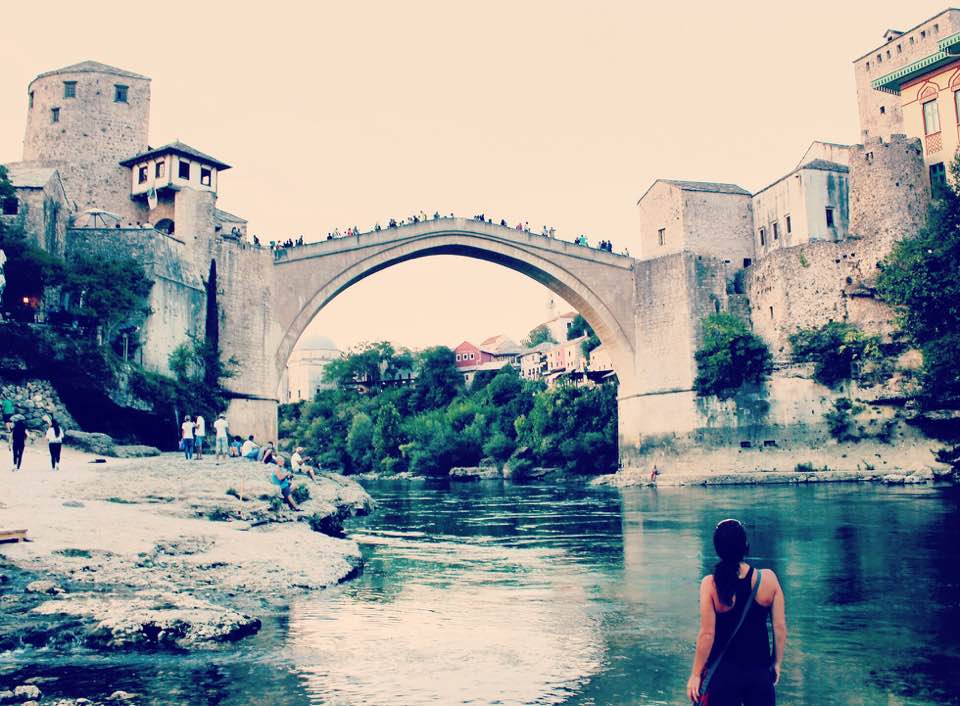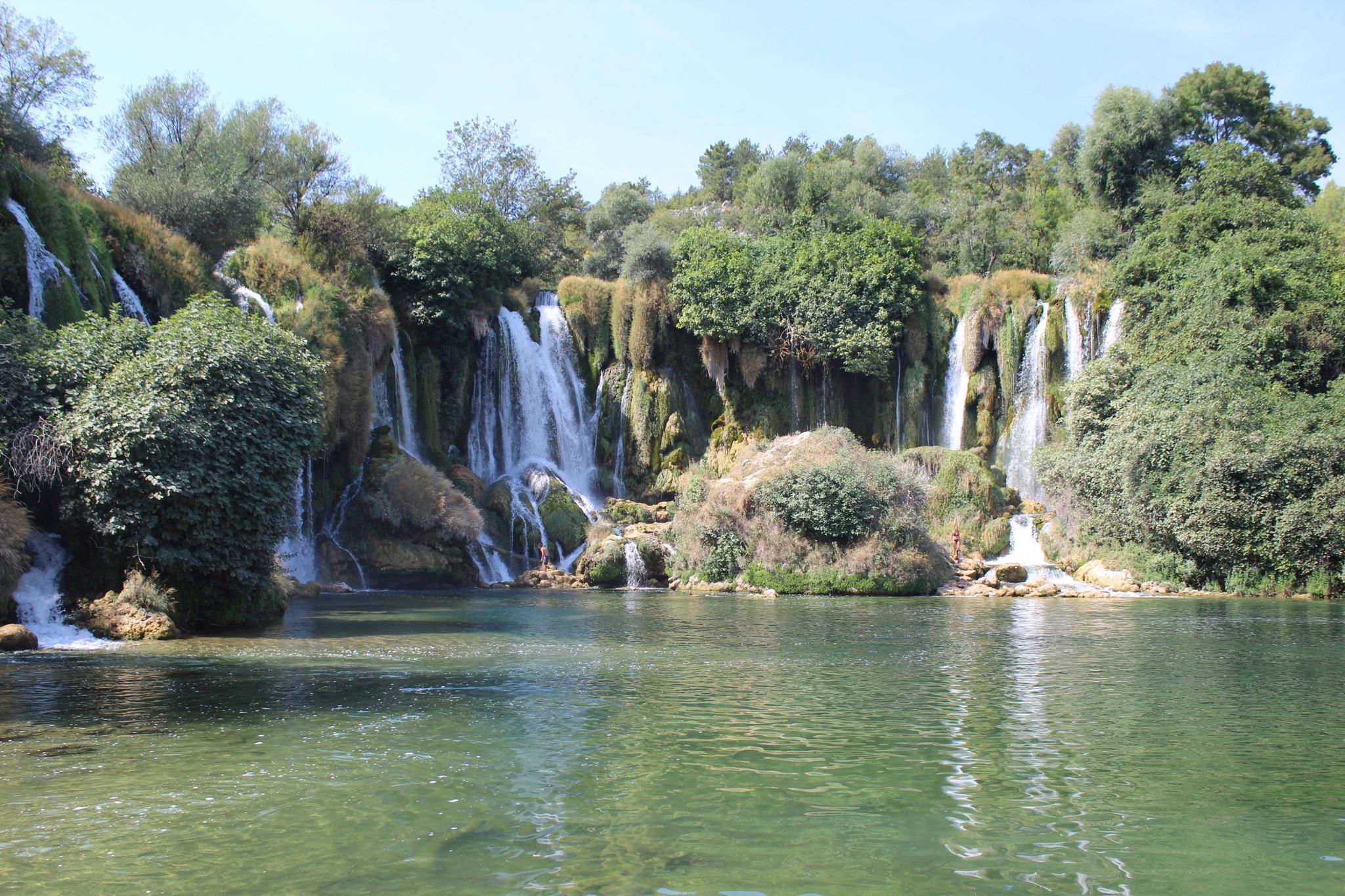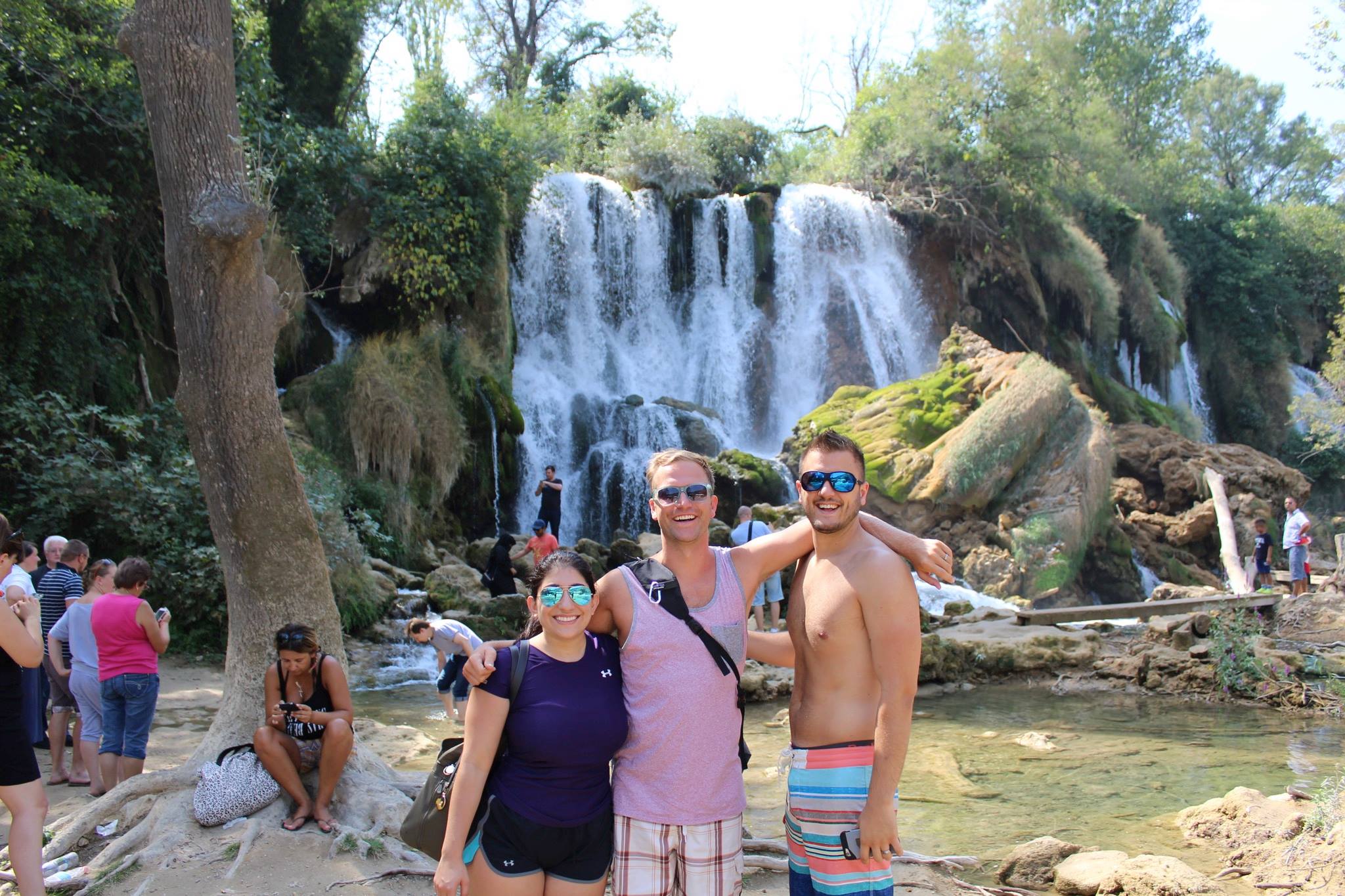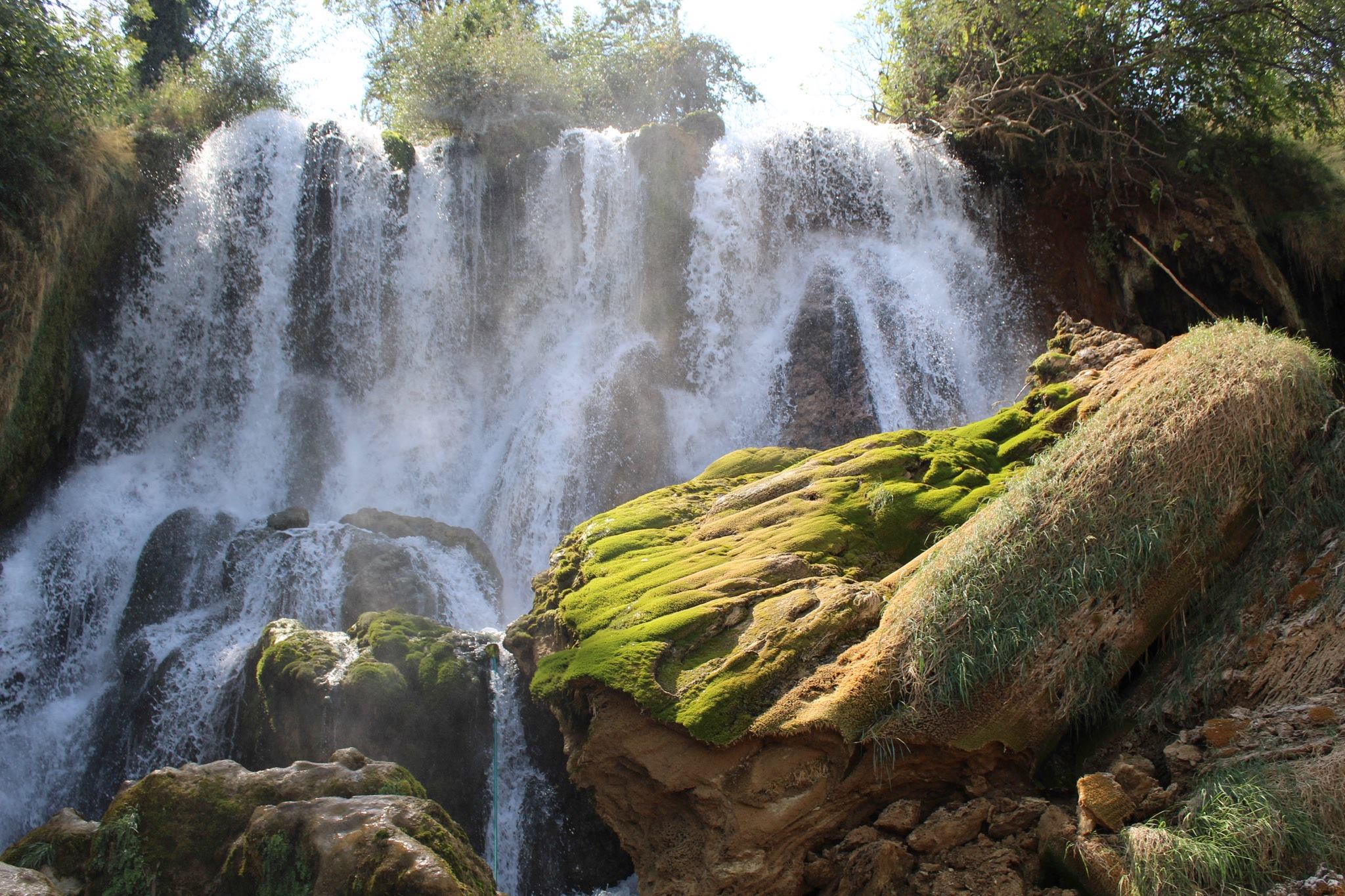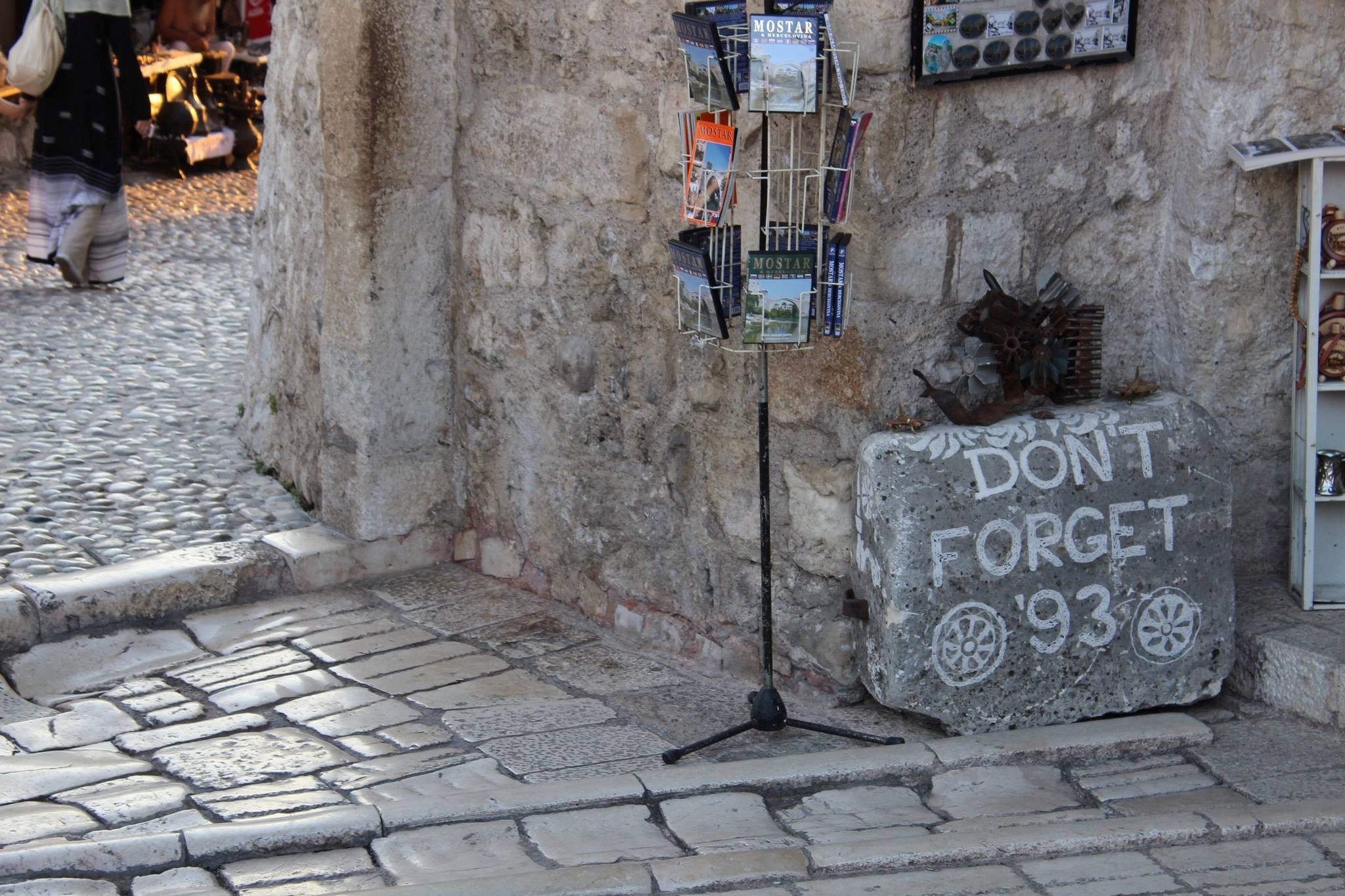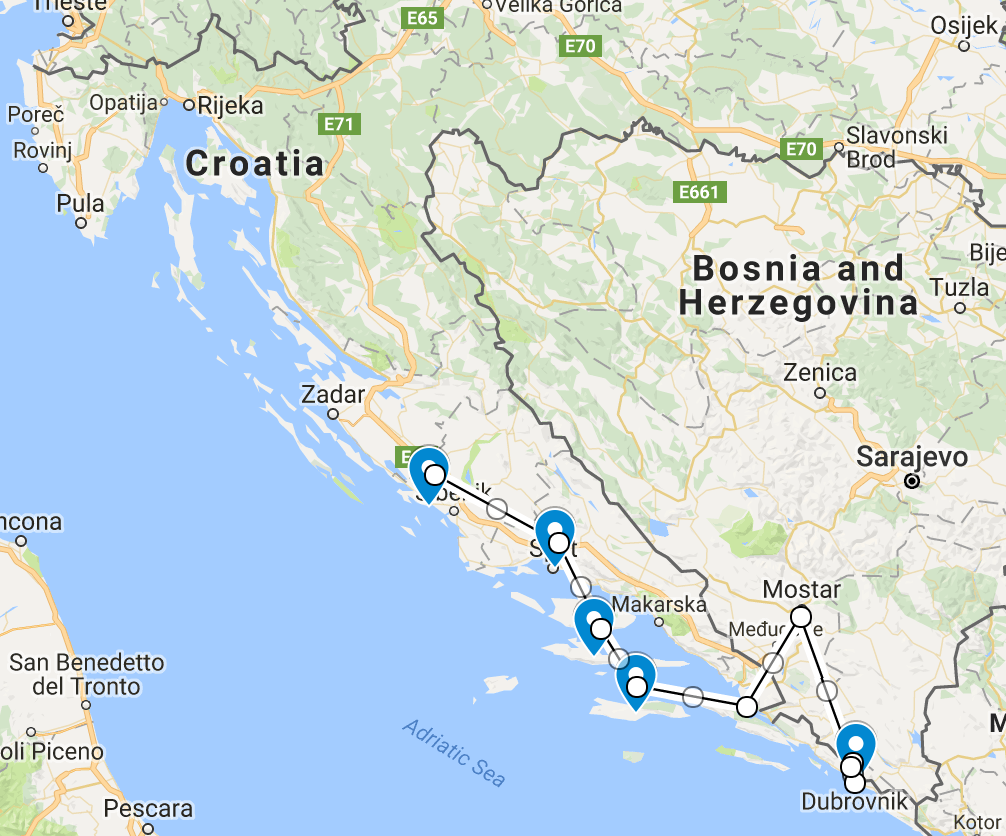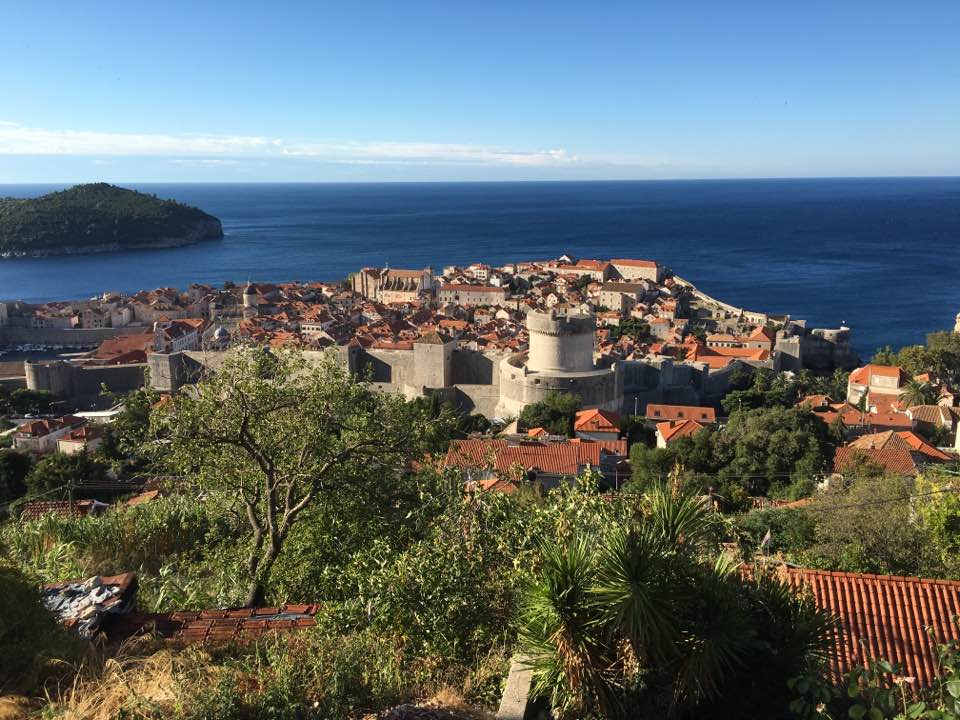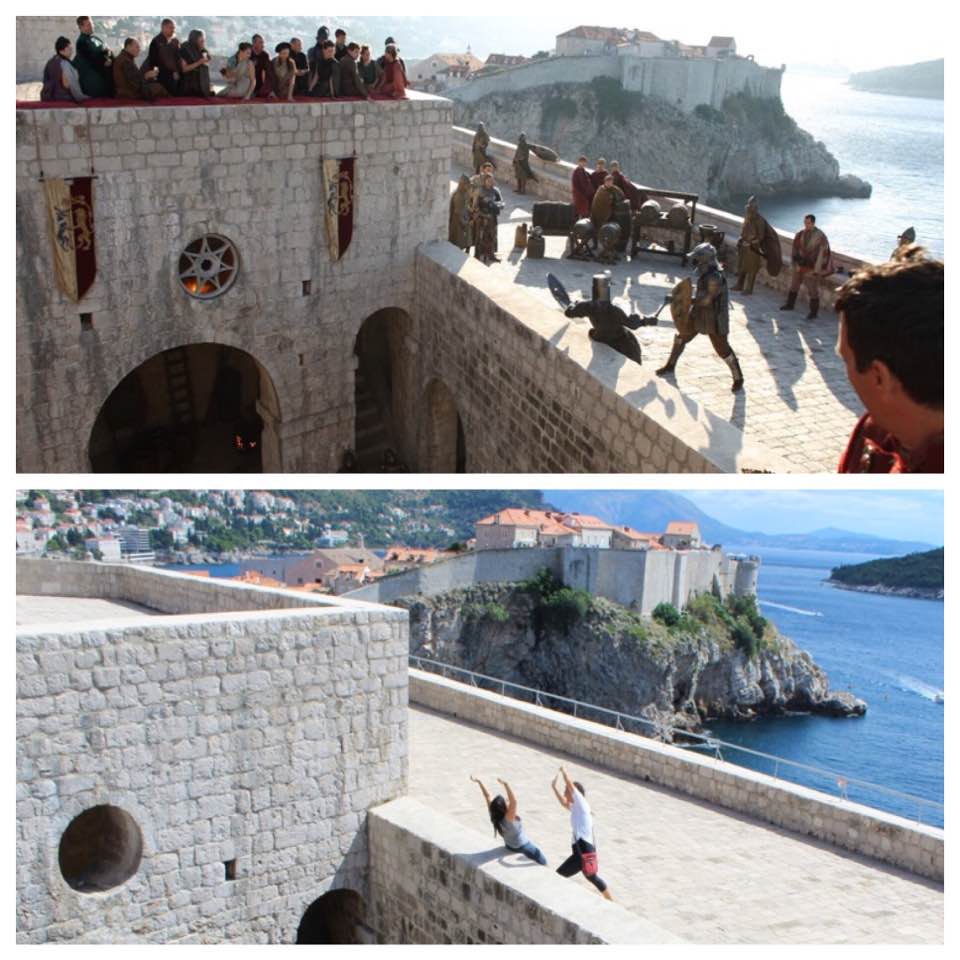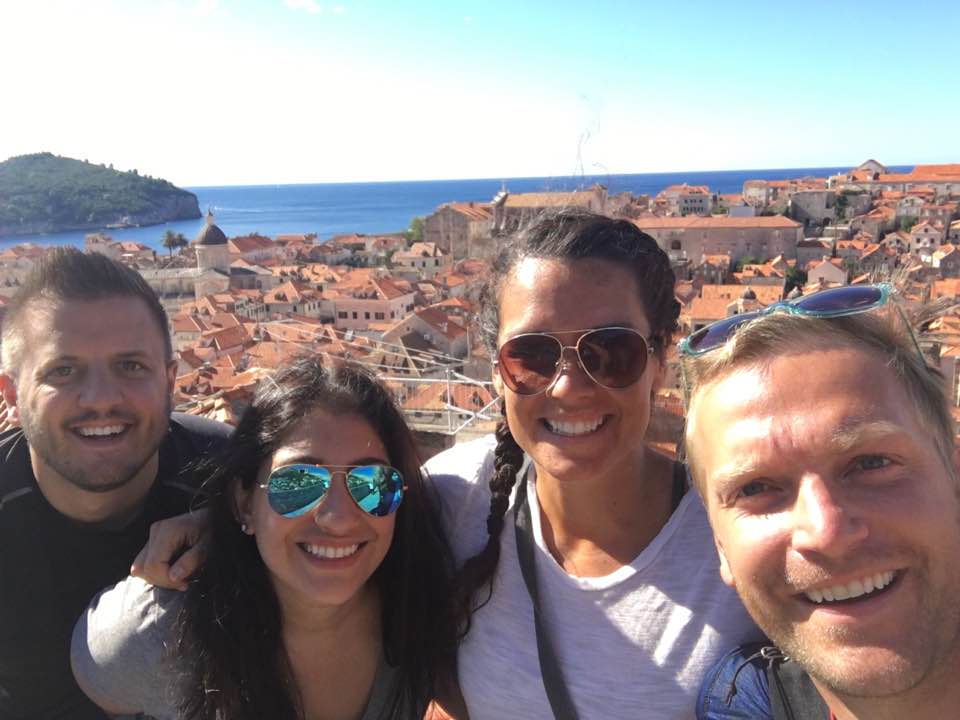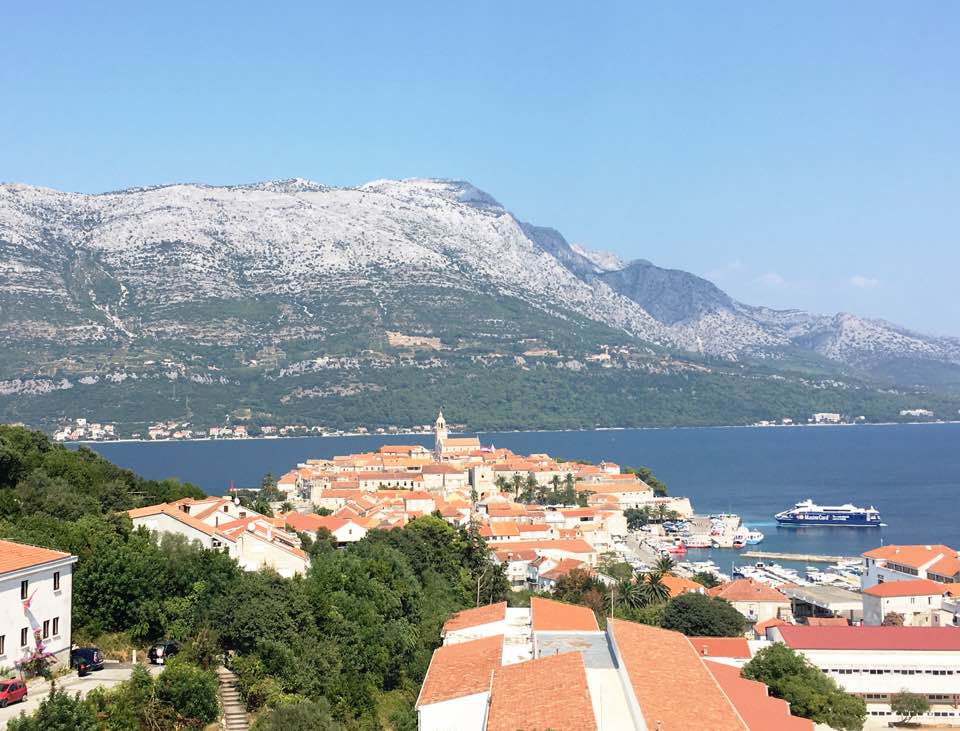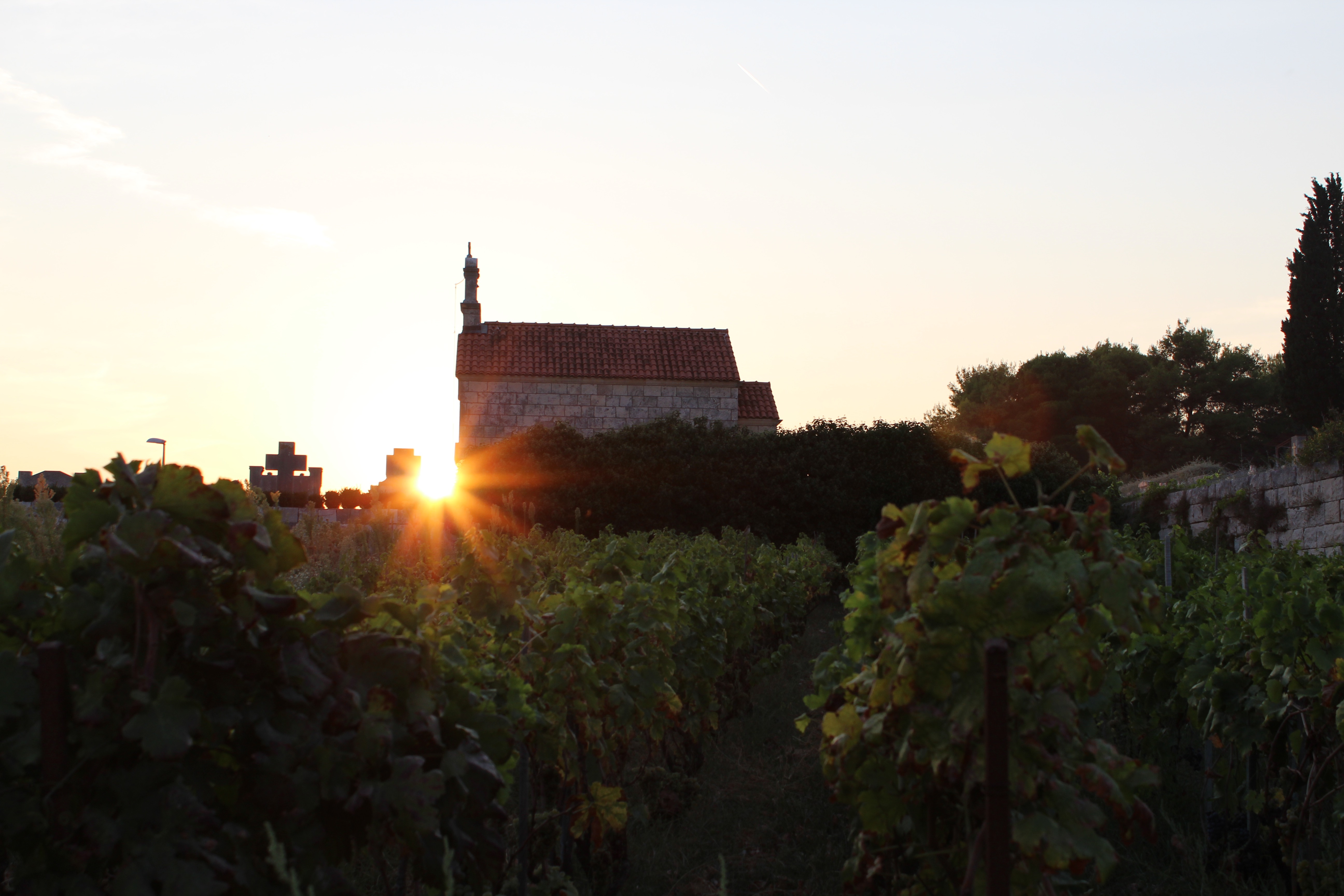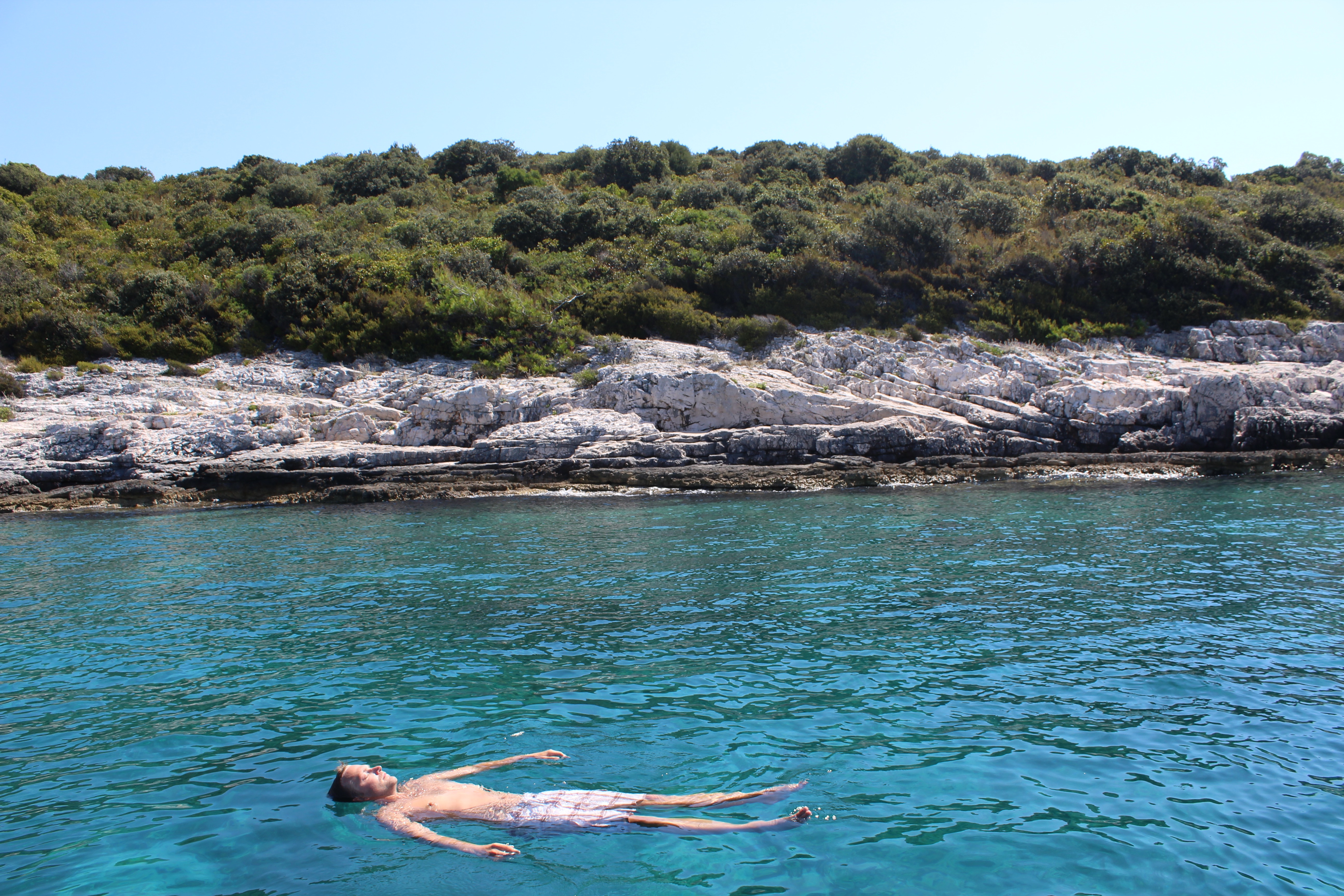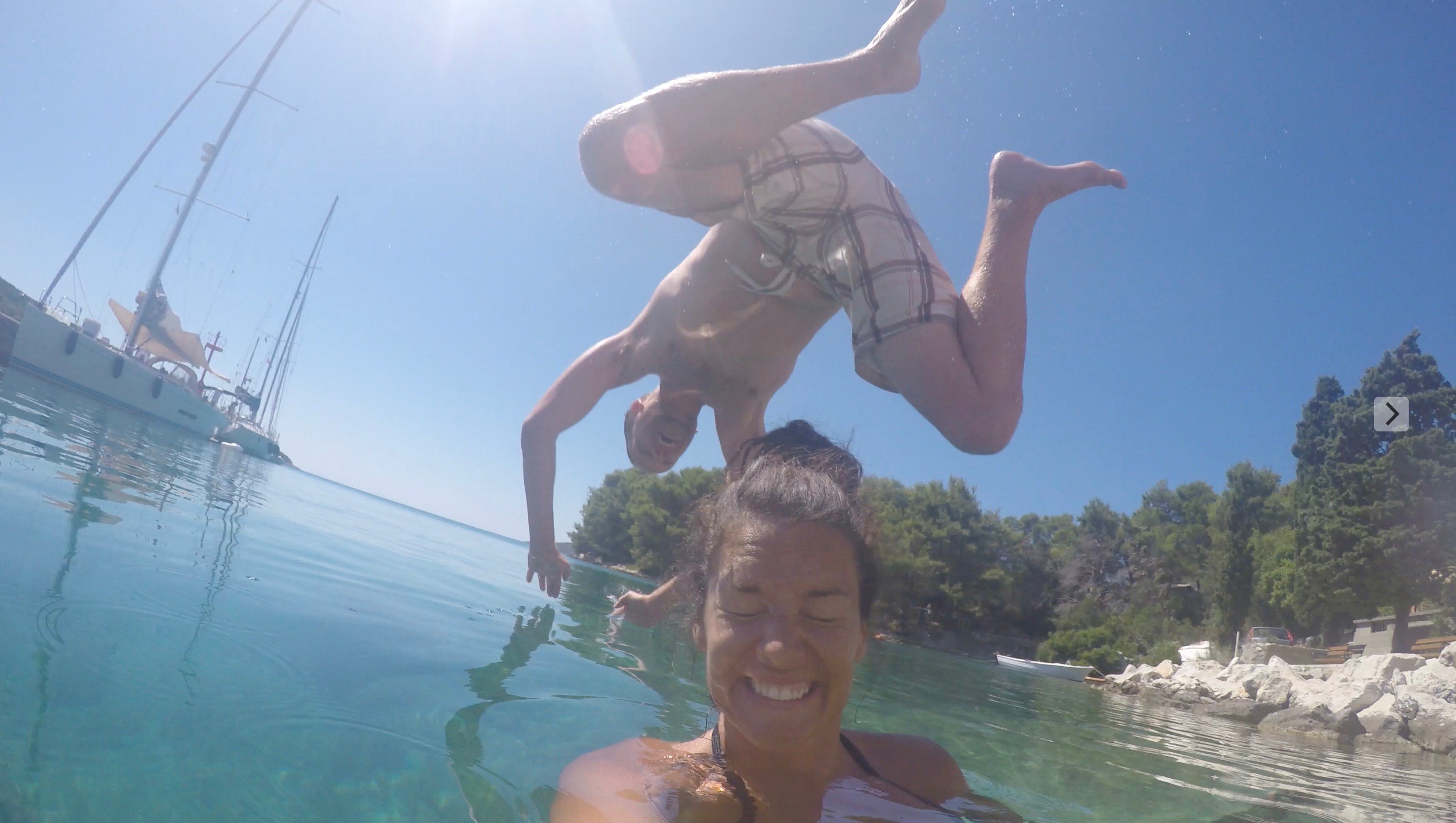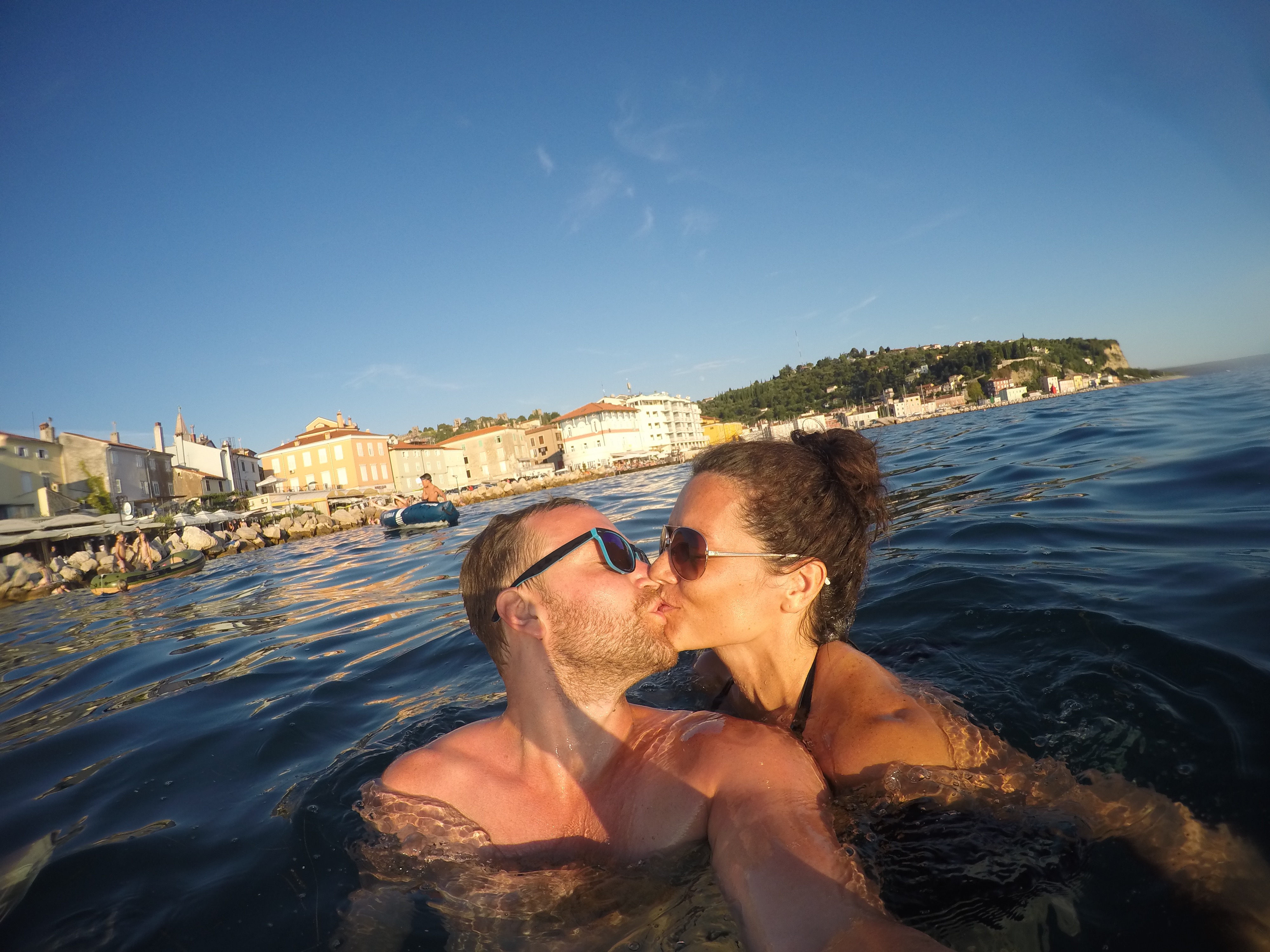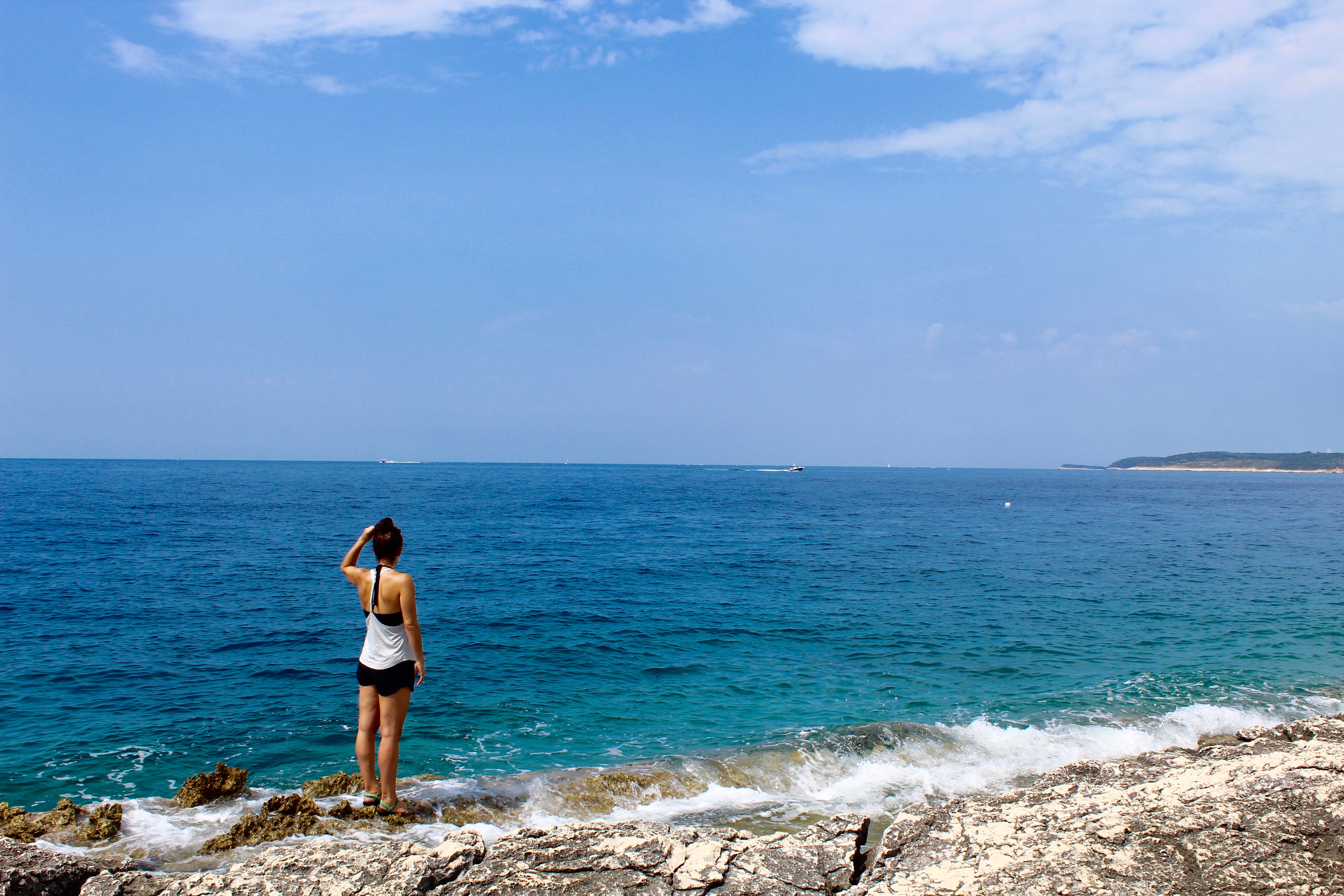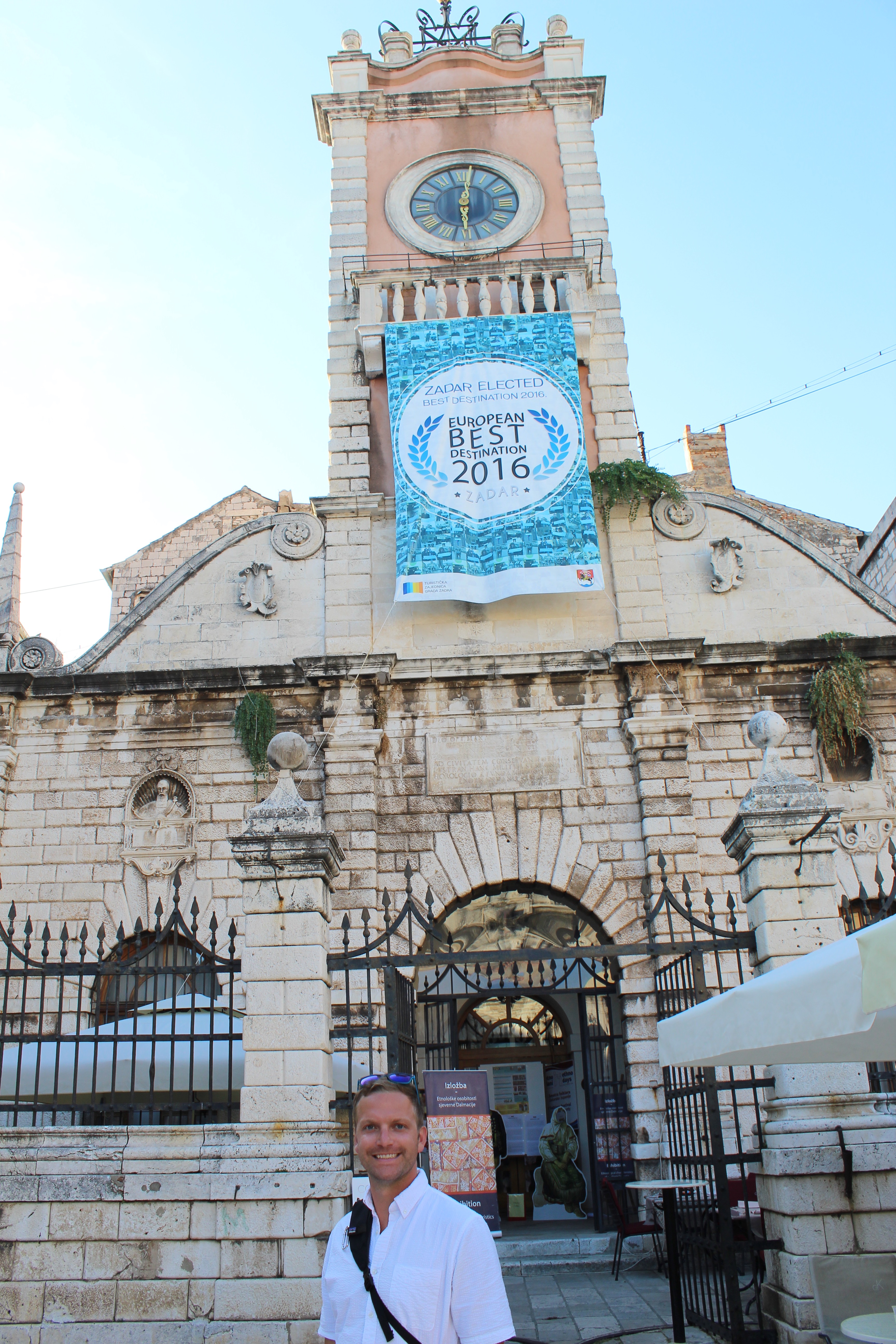Skopje, Macedonia is one of the most unique, bizarre, interesting cities we have been to in our travels. In case you’ve never heard of Skopje, it is the largest city and the capital of Macedonia. In case you’ve never heard of Macedonia, or know where it is on a map, let me help you:
Before coming to Macedonia, I knew very little about it. I would go as far to say it was the country I knew the least about. I didn’t even realize until arriving into the city, that it is famous for the birthplace of Mother Theresa. All I really knew was that our Airbnb host in Slovenia told us that Macedonia had some of the freshest fruits and vegetables in the region, and that was enough to get me excited.
I read up on the history of Macedonia before we arrived, various interesting information about how it gained independence in 1991, the different roles Macedonia has played throughout history, and their claim to being the birthplace of Alexander the Great. I’ll spare you the historical details, but we arrived to Skopje intrigued, yet ill-informed of what we would expect to see.
As we pulled into the city, we could tell right away that it was different from the rest of the places we’d seen. It was hectic, huge, and a little rougher than the others. We were caught in traffic for about an hour before arriving to our Airbnb, and were both feeling a bit overwhelmed with the size and grittiness of the city, having just come from 6 days in Montenegro’s secluded nature parks.
As soon as we got into our Airbnb, we were met with the most tranquil and peaceful space that immediately put us at ease. It was two-bedroom penthouse apartment that had a wrap around balcony overlooking the entire city of Skopje (and it was only $35 a night!) The feeling we had in our apartment overlooking the city was a complete contrast to how frazzled we had just felt navigating the streets. I would soon come to learn that this contradiction was a foreshadowing for how the next two days in Skopje would be.
Skopje is a heavy mix of old and new. This is obviously not anything unique when it comes to cities in Europe. Almost every country we’ve been to so far has this multi-faceted mix between cultures, religions, and generations. The Balkans as a region is placed (somewhat inconveniently) between the East and West, and we have seen this influence with each and every place we have gone.
But none as dramatic as we saw it in Skopje.
Skopje is an ancient city with the oldest bazaar in the Balkans that is currently in the midst of a gigantic government sponsored renovation project called ‘Skopje 2014’ which is an attempt to give the city a complete overhaul to make it more visually appealing and draw in more visitors. It is also described as a way for the city and country to establish their own identity. It is clear as soon as you arrive that this project is an extremely controversial one amongst locals (which you’ll see why soon), but as a visitor it was fascinating.
The different sides of Skopje was like nothing I had ever seen before, but made it such a unique city to visit. A little taste:
The Old Bazaar Meets the New Center
We started our time in Skopje by walking up to Fortress Kale, which was built in the 6th century and overlooks the city (as fortresses tend to do).
It was the perfect place to take in views of the city and orient ourselves before heading to the Old Bazaar, which was only about a 5 minute walk from the top of the fortress walls.
I have only ever experienced one other Bazaar in my life, and it happened to be the Great Bazaar in Istanbul, Turkey. I was told that Skopje’s Bazaar is the second largest in the world after Istanbul, and the largest in the Balkans. It was absolutely beautiful; packed with interesting things to look at, delicious baklava to eat, and filled with that old world feel that you would imagine a place like this to have.
After spending a good amount of time in the Bazaar, Al and I slowly meandered to the newly rebuilt center of the city. We had read a few things about the interesting new statues that were erected in light of the ‘Skopje 2014’ initiative, but we had no idea what we were walking into. Our first glimpse was as followed:
Once we arrived, we were transported into a completely different world. We both felt like we had entered a different city altogether, and it was such a surreal feeling walking straight from the historic Old Bazaar into the center of Skopje. The best way I can describe it, is an unfinished version of a mixture of Times Square, the Las Vegas Strip, Disney World, and London’s Traflaglar Square.
The statues are meant to be a blended representation of Macedonia’s history over the course of time.

This was a giant statue that showcased the stages of a woman going from pregnancy to caring for a toddler. She looked miserable in each stage.

The pregnant stages statue was strategically placed in front of Philip’s one hand salute. We assumed from his proud stature that this raised arm is all he had to do to impregnate her.

This is a statue of a woman who has just pushed another woman into the water (see the feet) so she can have her turn to dive. It was urgent that she needed to dive OR ELSE. I’m taking creative license on my description of these.

A large amount of the statues were vandalized by a group protesting the government, and Skopje 2014. Many people were not happy with the outcome and the amount of resources spent on the ‘new’ center.

You have no idea how hard it is to choose what statue pictures to include on this thing. I have about 500.
We barely spoke to each other as we walked around for well over an hour, both of our necks permanently crained back as we each tried to take in everything we were looking at, but it was impossible. It was overwhelming in the most interesting way.
The statues were a mixture of kitschy and awe-inspiring. As weird as they were, you couldn’t help but be somewhat impressed by the formidable size and sheer amount of them everywhere you looked. They were impossible to ignore, but even more so because the large majority of them were splattered with a bright mix of contrasting paint colors, drawing attention to the fact that not everyone in Skopje is as interested in what the new statues represent, and how they cover up and distract from the old center that once stood.
The Matka Canyon: The Good and the Ugly
The next day, we drove 30 minutes outside of the busy city of Skopje to explore the Matka Canyon. The canyon is famous for its beauty, unique collection of monasteries that are centuries old scattered throughout the hills, and several deep underwater caves. We were so excited to explore this bit of nature that was just a stone’s throw from the city.
The canyon itself was absolutely stunning. It was one of the most naturally beautiful things I had ever seen:
However, Al and I both found ourselves extremely disappointed as we hiked along the canyon. I hesitated to even share this part, because I would never want it to deter anyone from visiting the beautiful country of Macedonia, but it affected our entire experience at the canyon. Among the stunning views and beautiful river, was an unbelievable scattering of trash everywhere we went.
We could not walk two steps without running into a trashcan overflowing with trash, plastic bottles floating in the river, coke cans and bags of chips strewn about on every ledge. It was so disappointing to see. We picked up what we could, but it was such a small dent into the amount of trash. It was actually painful to see, and so upsetting to know that tourists and locals alike who come as guests to such a beautiful place in the world, would leave such a negative footprint on this amazing country.
Mother Teresa Walks Into a Club
Before we left, I was determined to find the Mother Teresa house. It wasn’t the actual house she was born in Macedonia, but a museum that honored her life and work.
We eventually found it on a road leading out of the city center. As we walked up to the house, I had a hard time focusing on it, as it lay adjacent to something else that was attracting my attention; a night club. The club was in full swing with pounding music from a live band accompanied by strobe lights and balloons. Loads and loads of balloons.
I laughed and told Al that this had been our experience of Skopje in a nutshell. It was history and the old world shoved right next to all the different shades and realities of modern life. Its the kind of thing that throughout history tends to upset people in masses, for fear of too much change. But, as a visitor, I loved it.
On our last night, Al and I sat on our balcony thinking about all the different sides of Skopje that we had seen. As the sun started to set, the sky shone with the most luminescent streaks of gold, lighting up the entire city.
For all the sides that Skopje showed us, this was my favorite.
